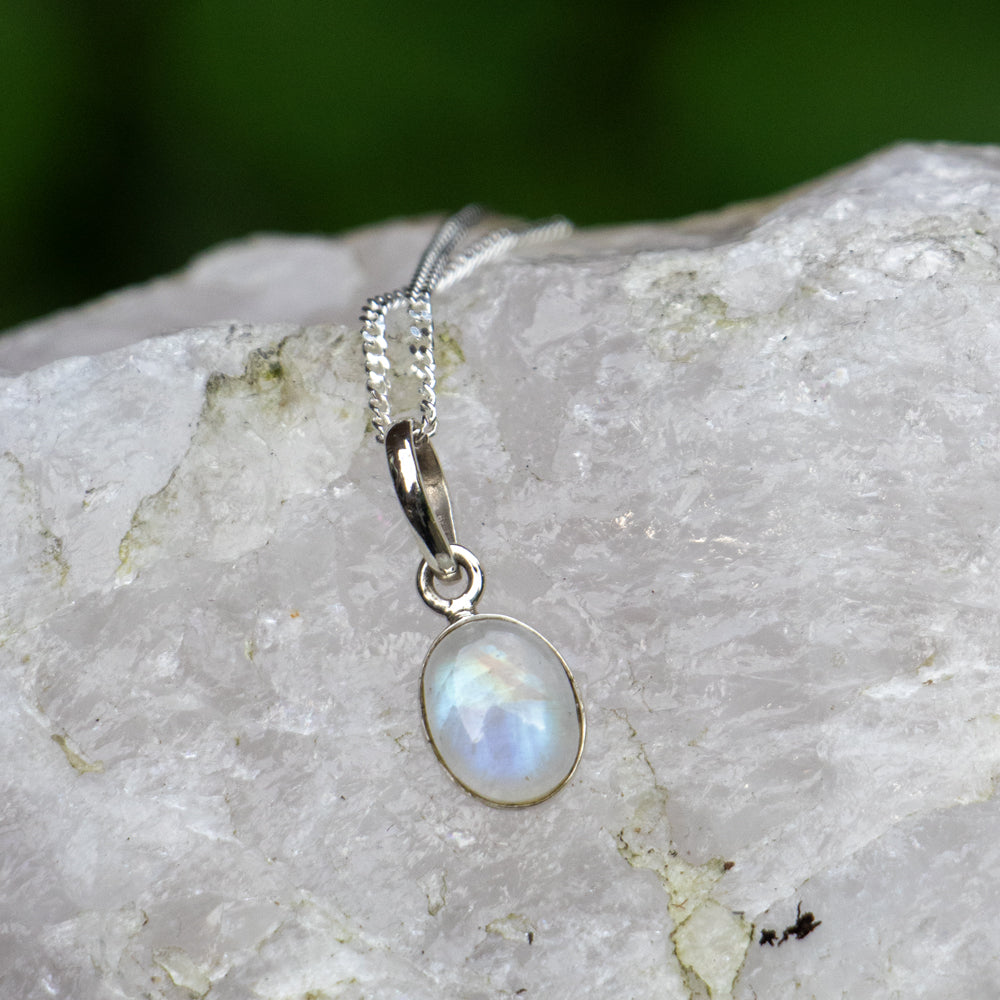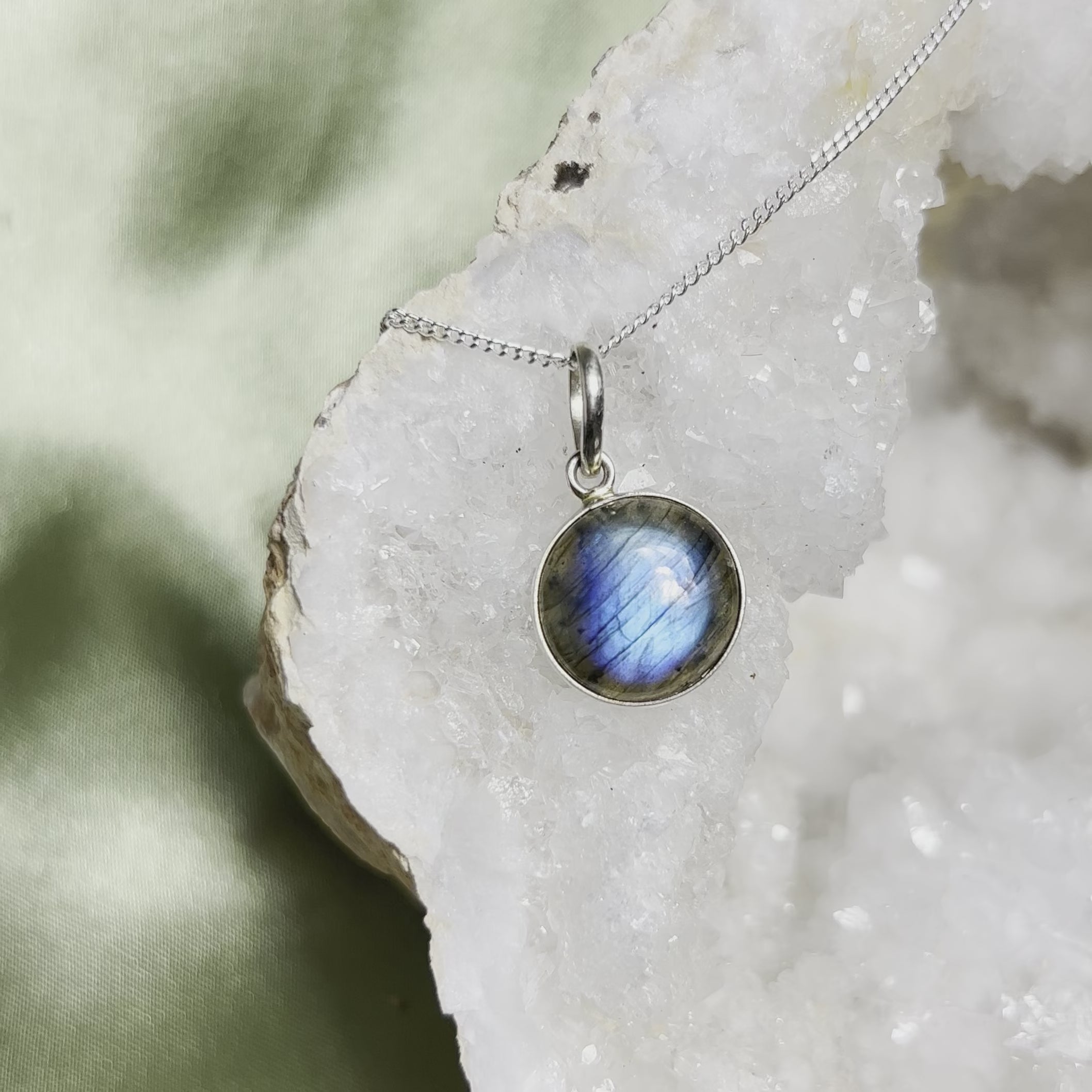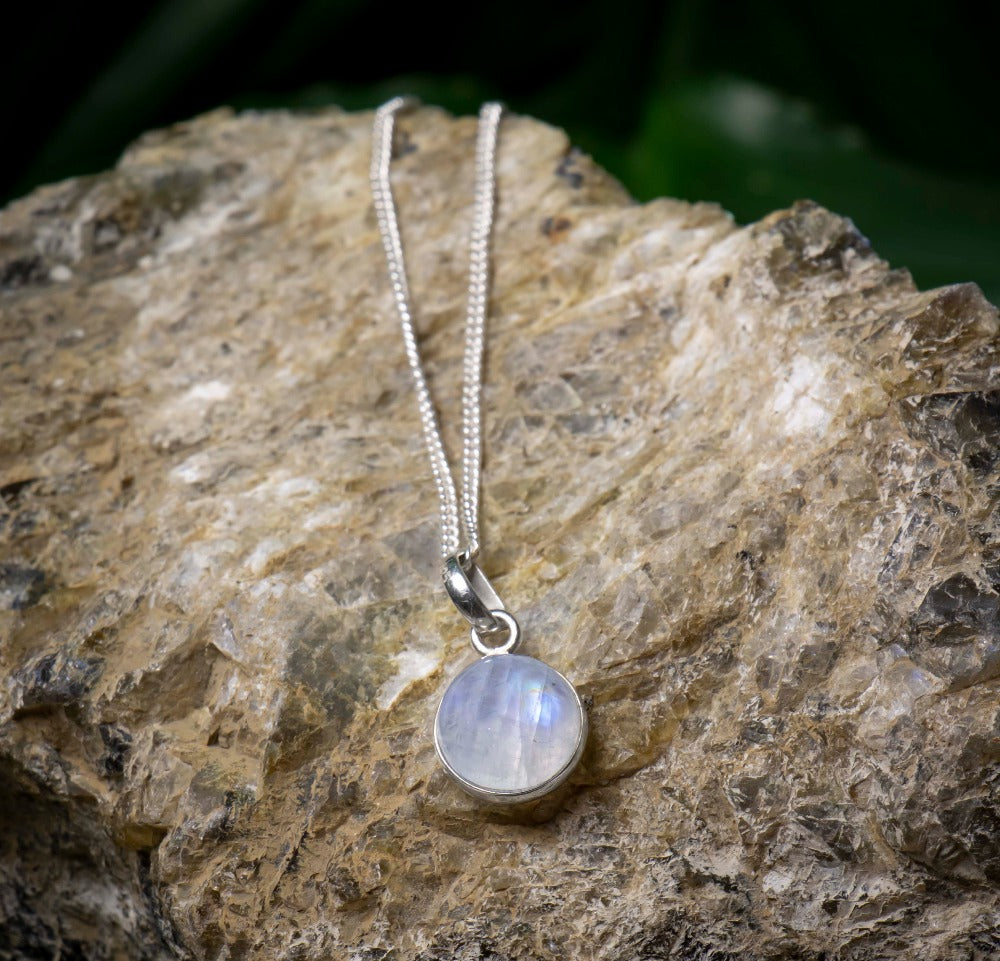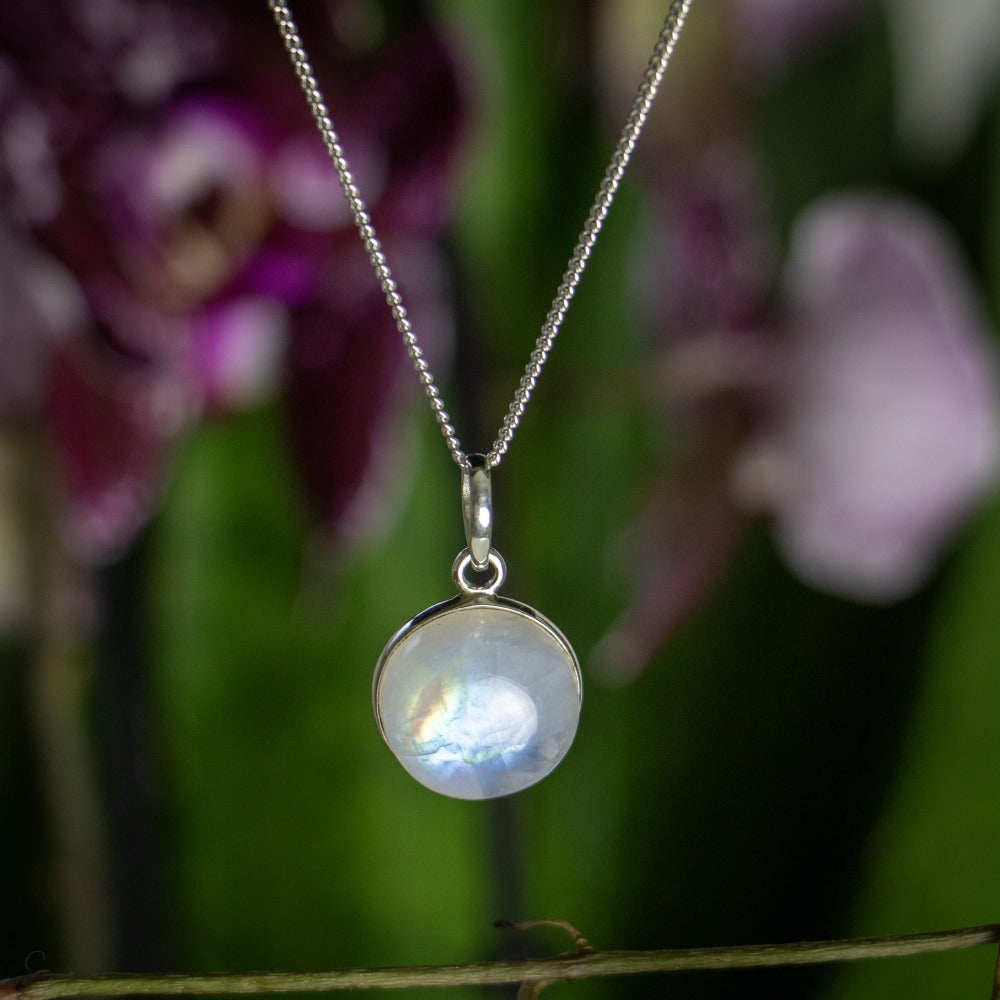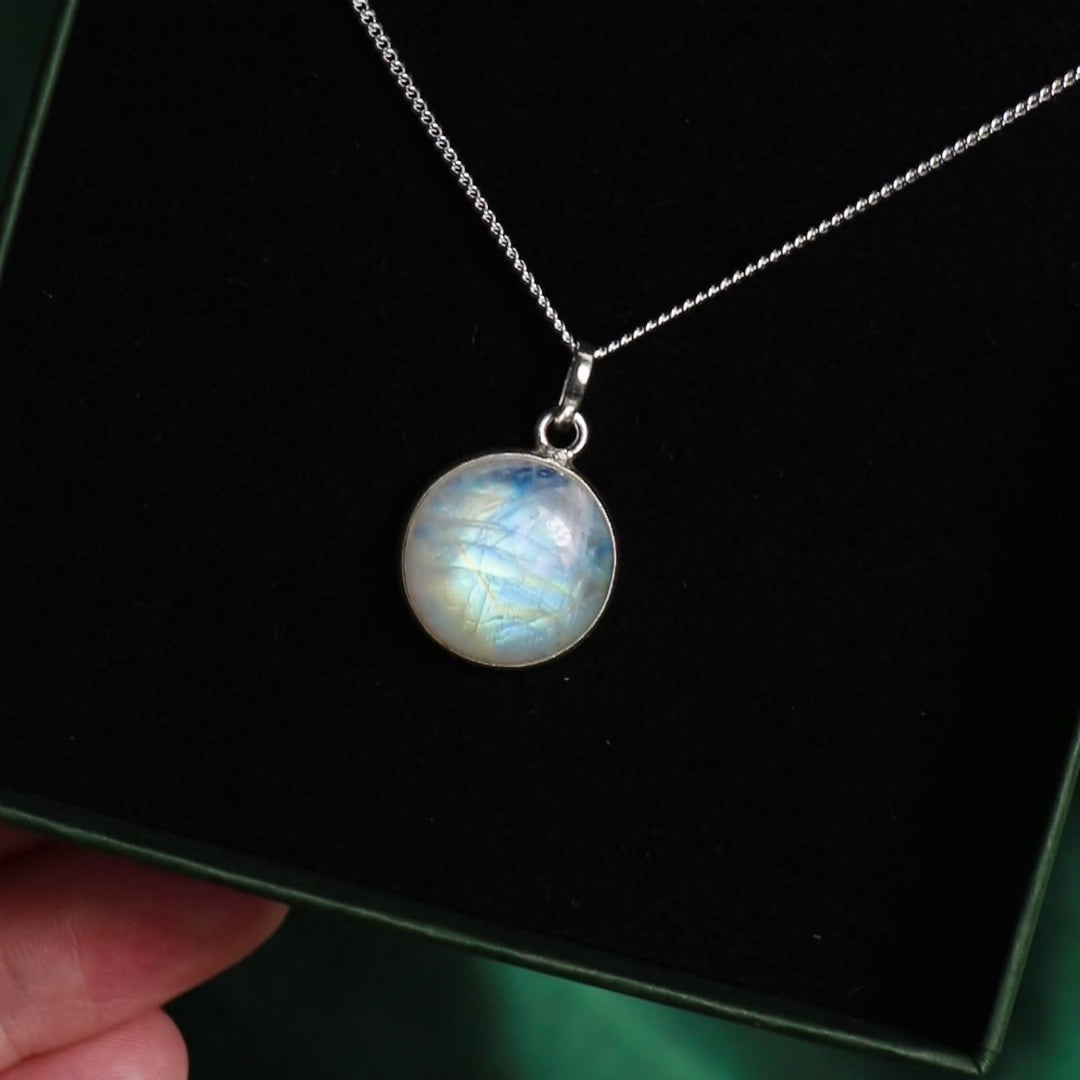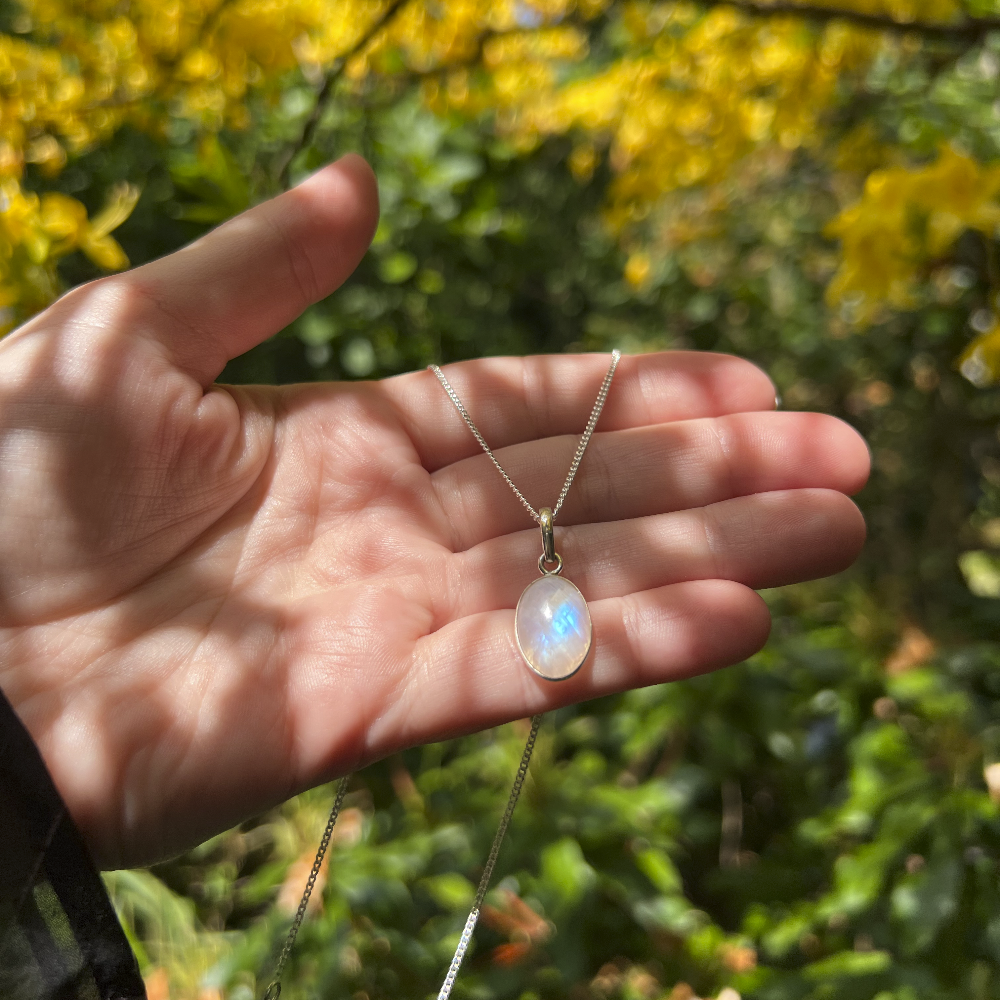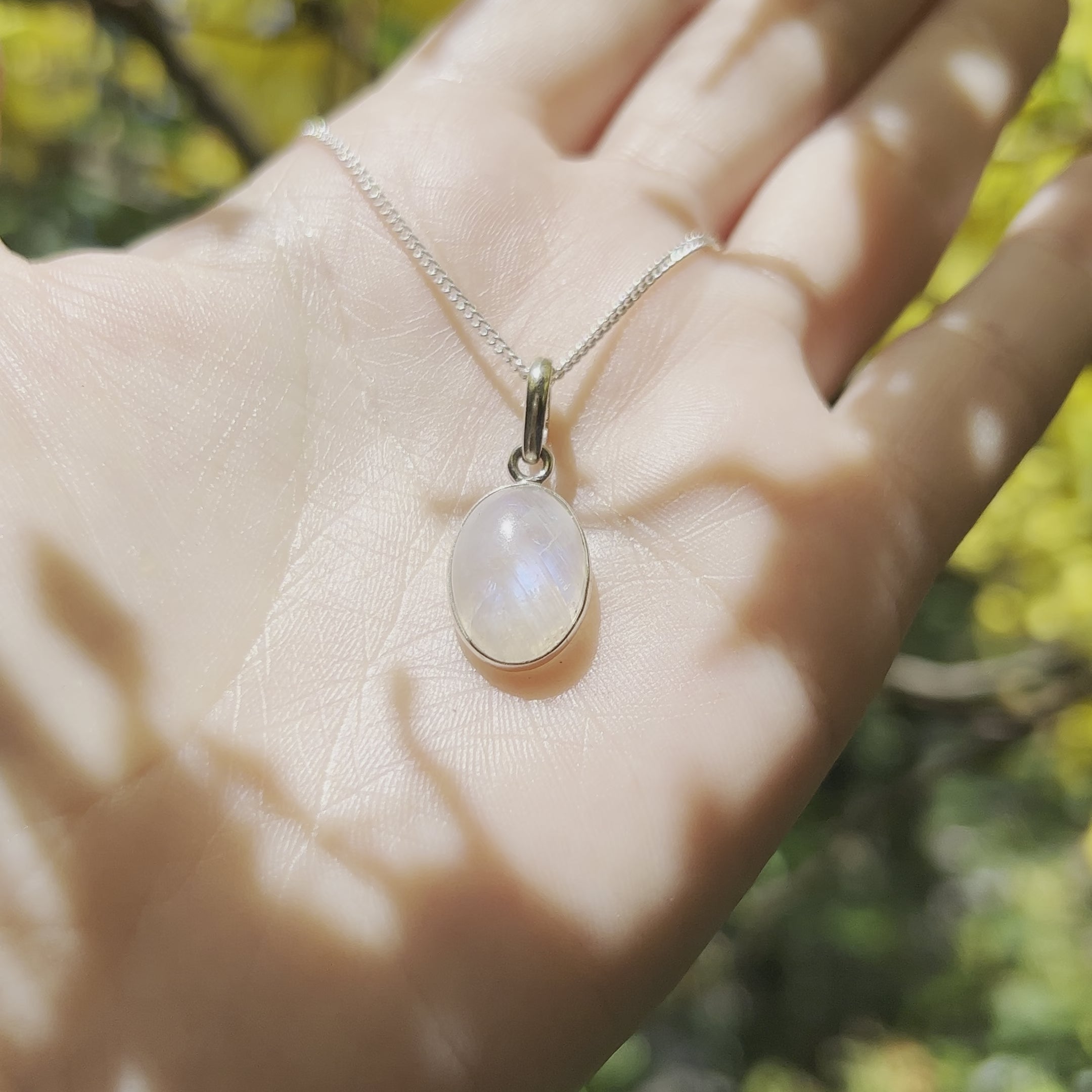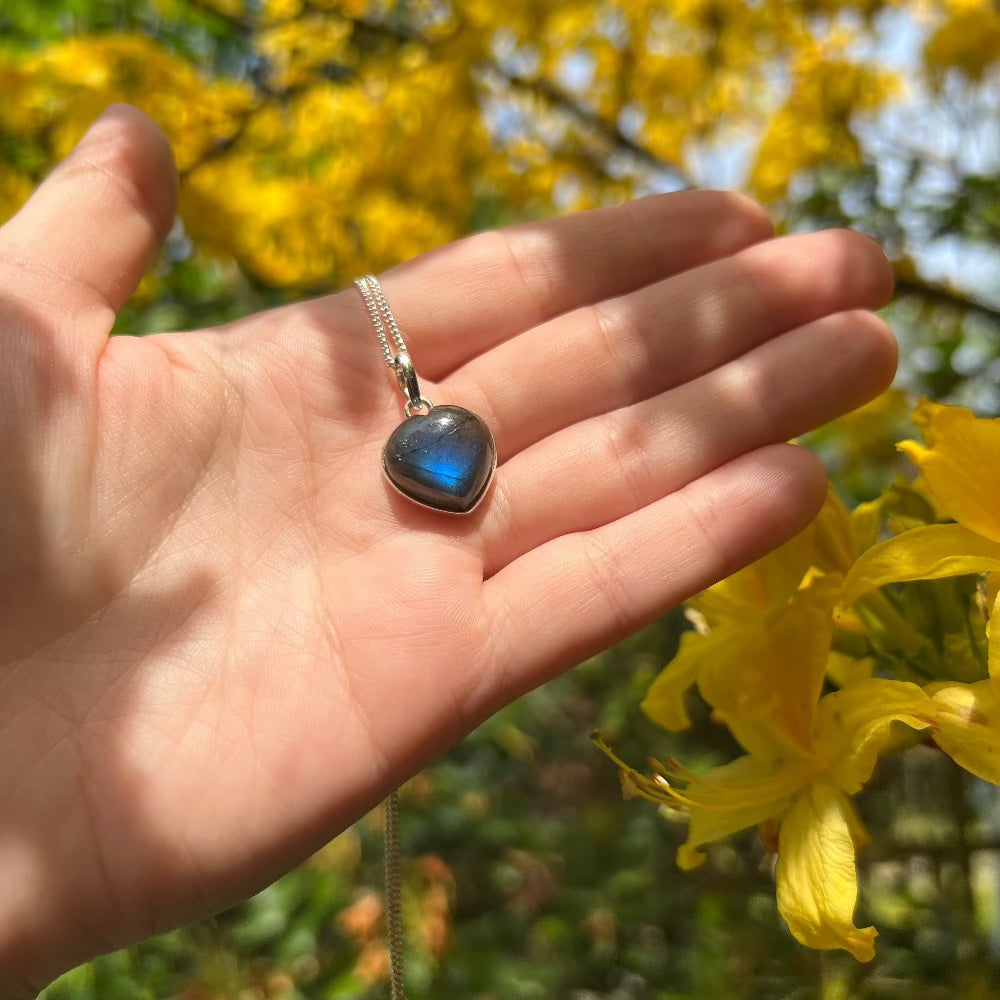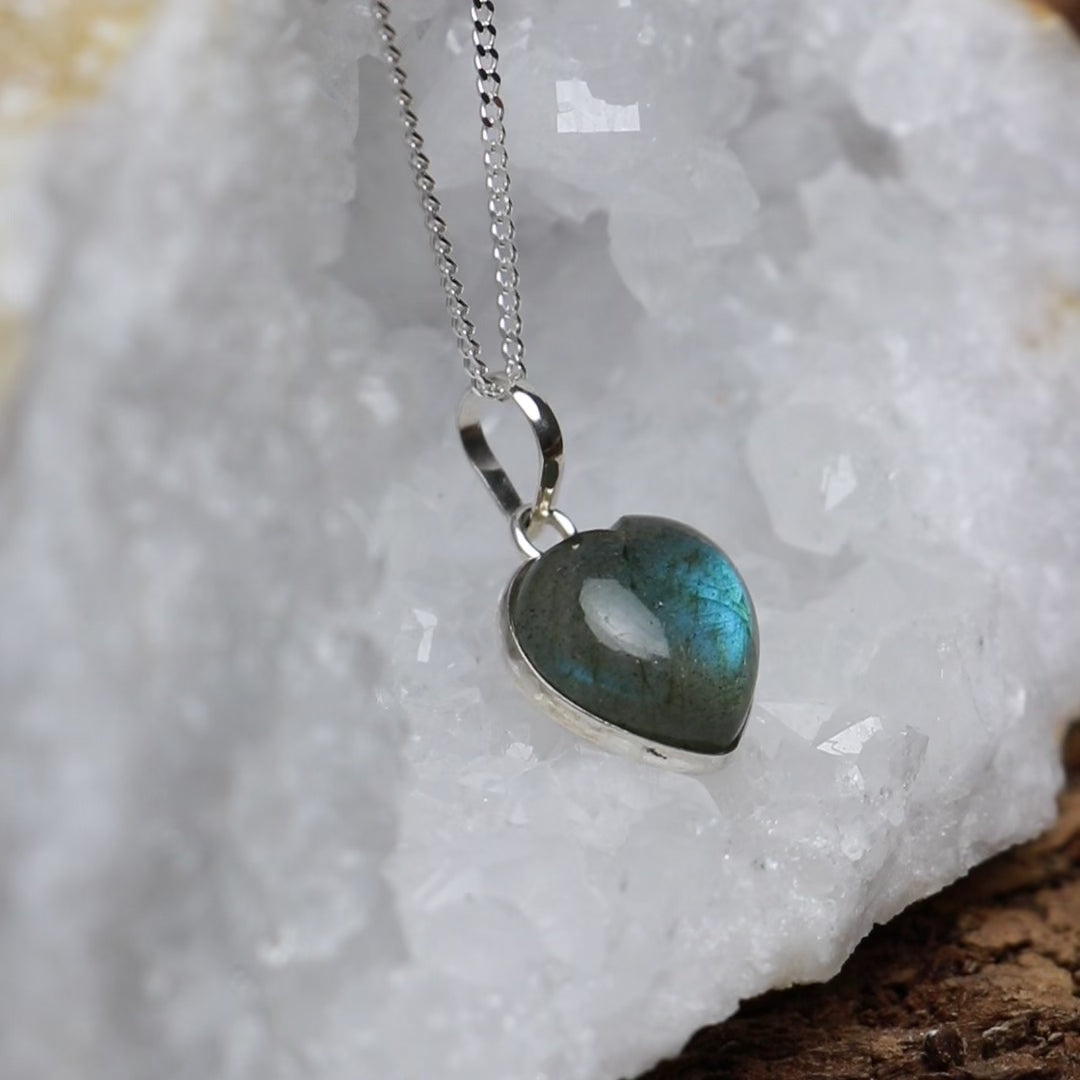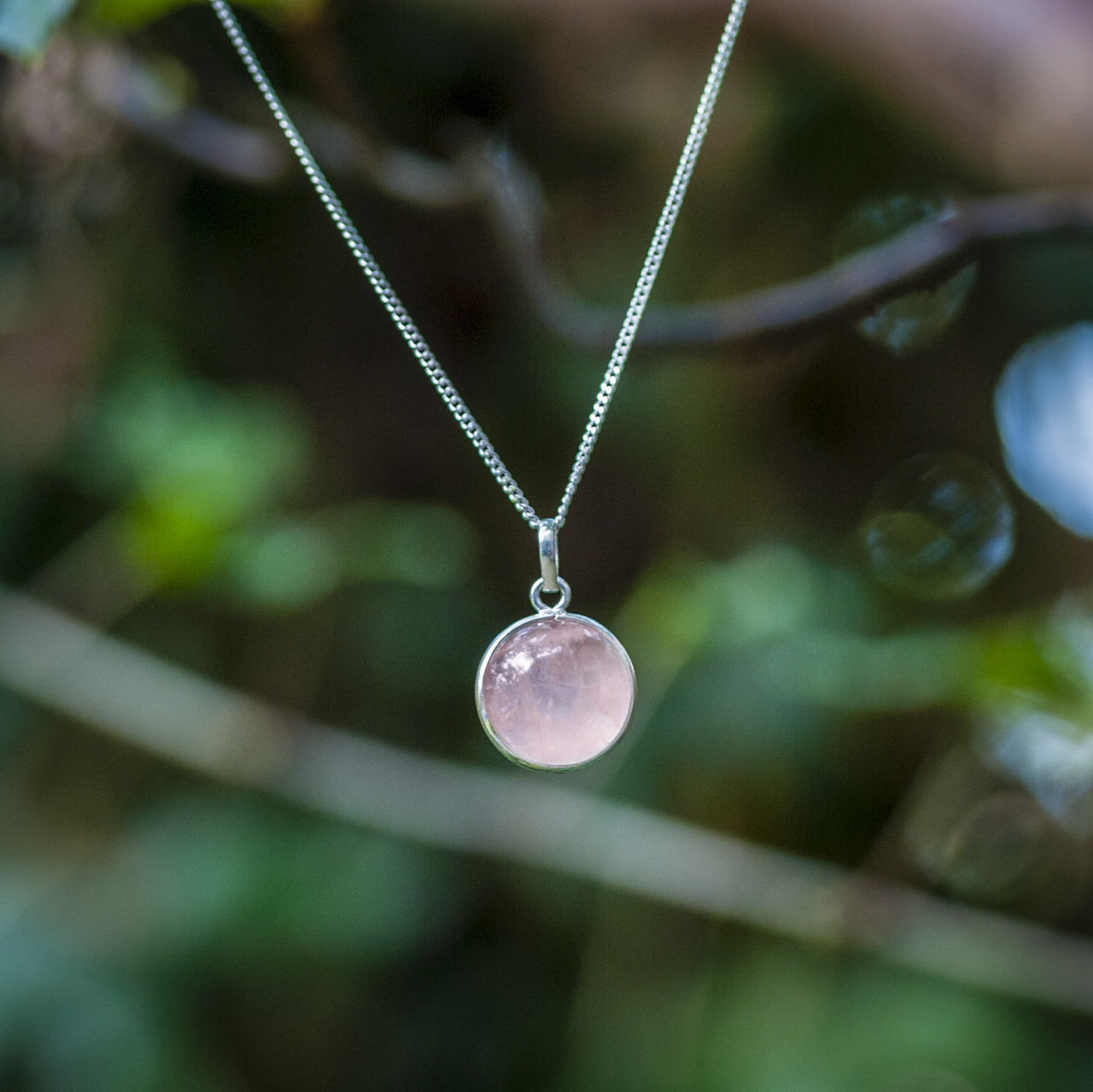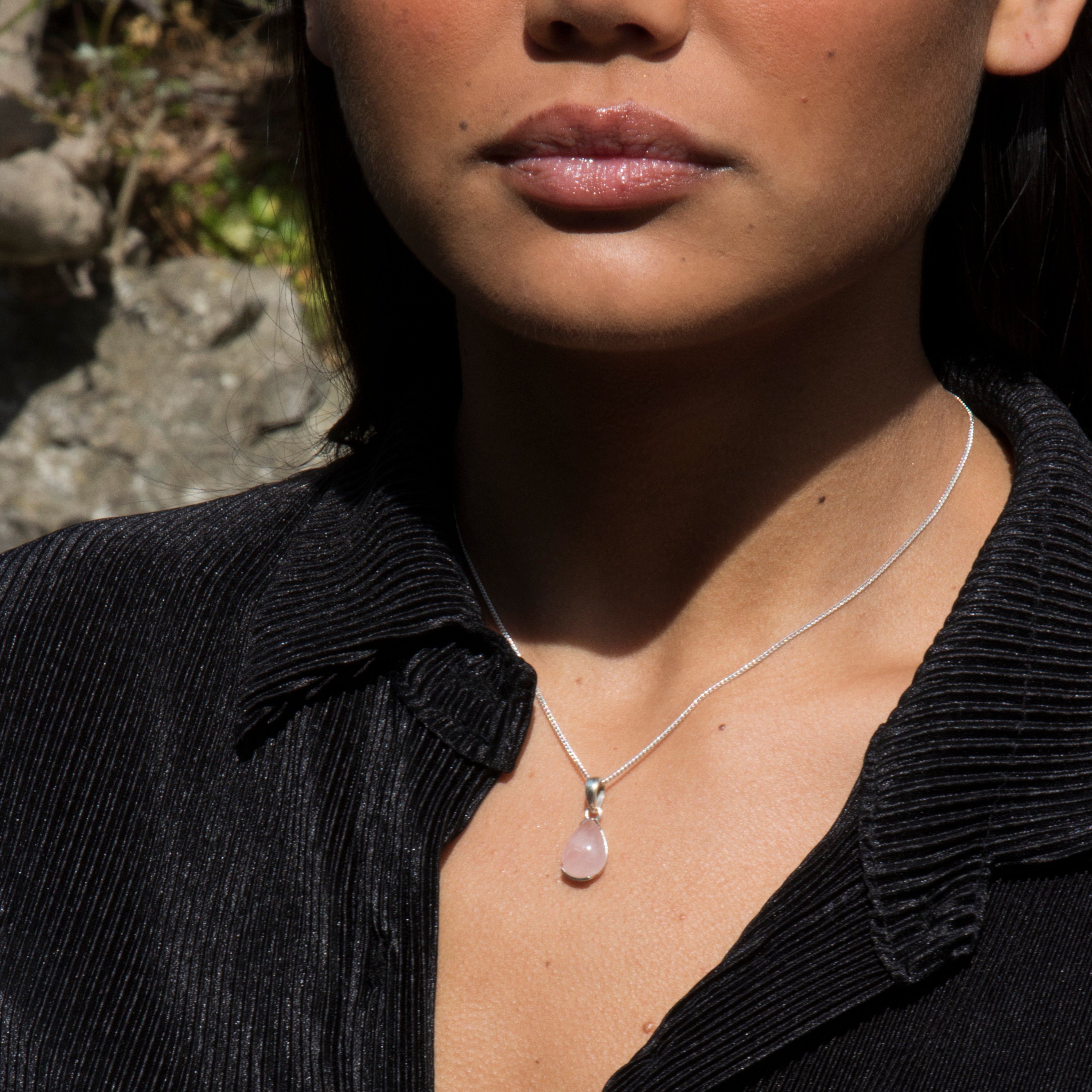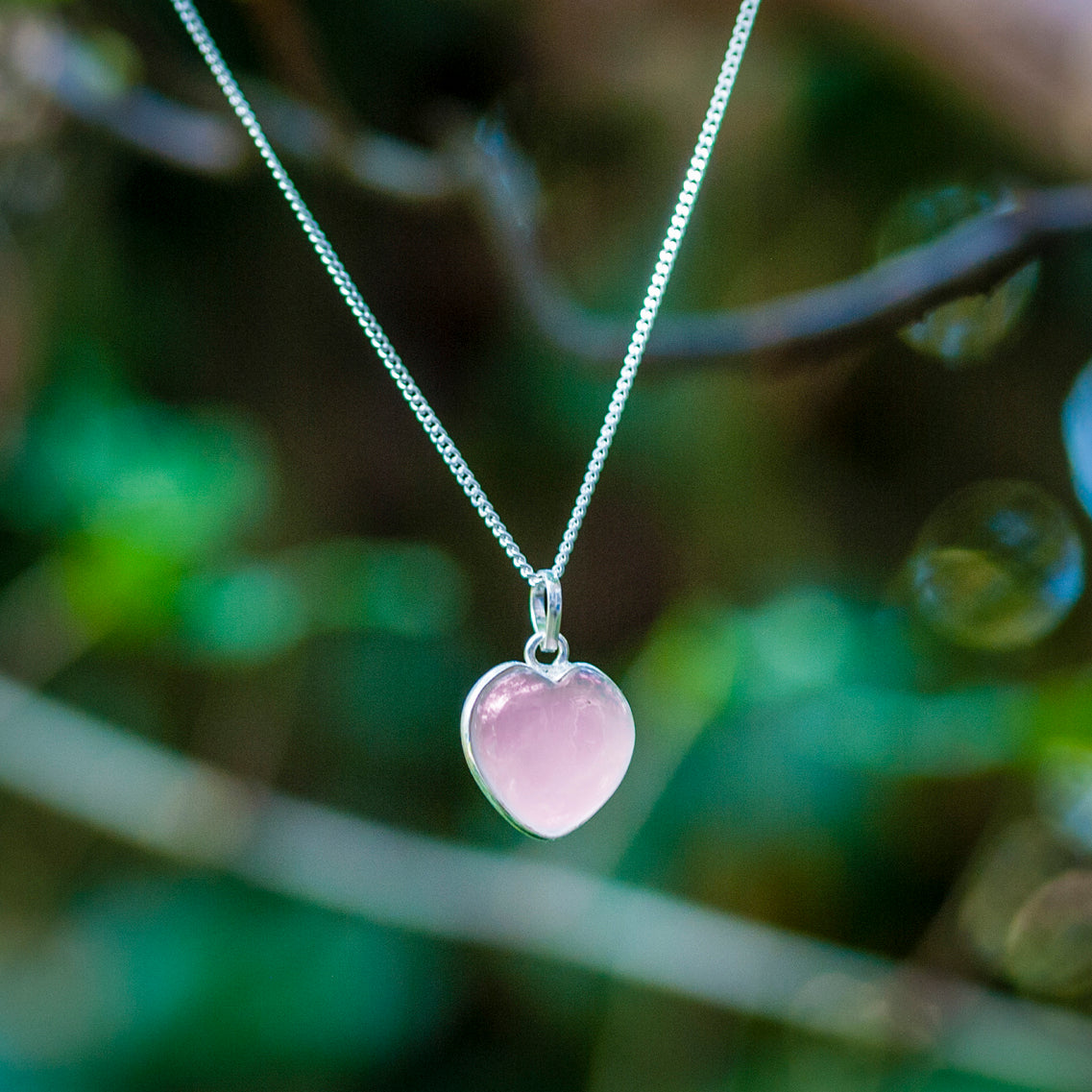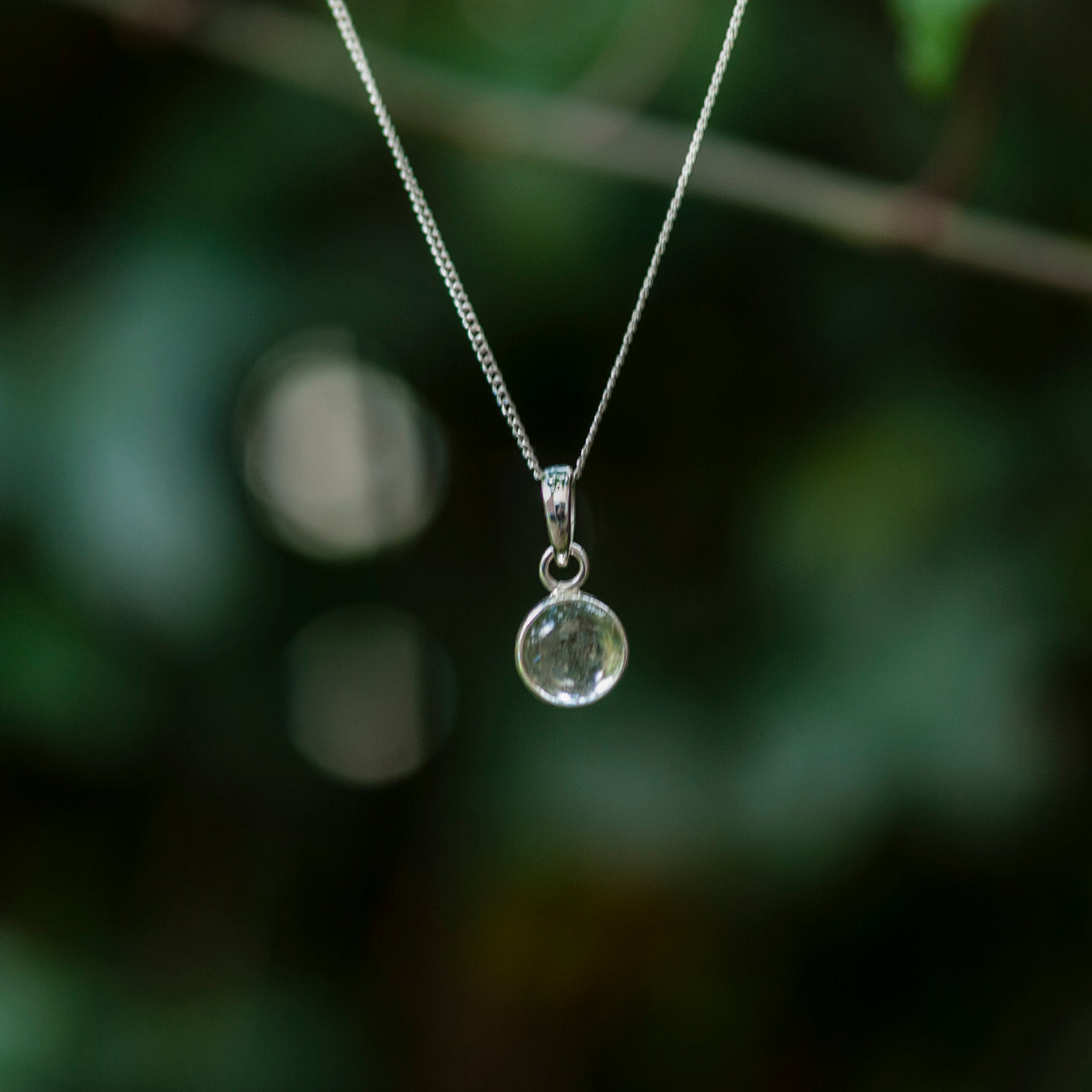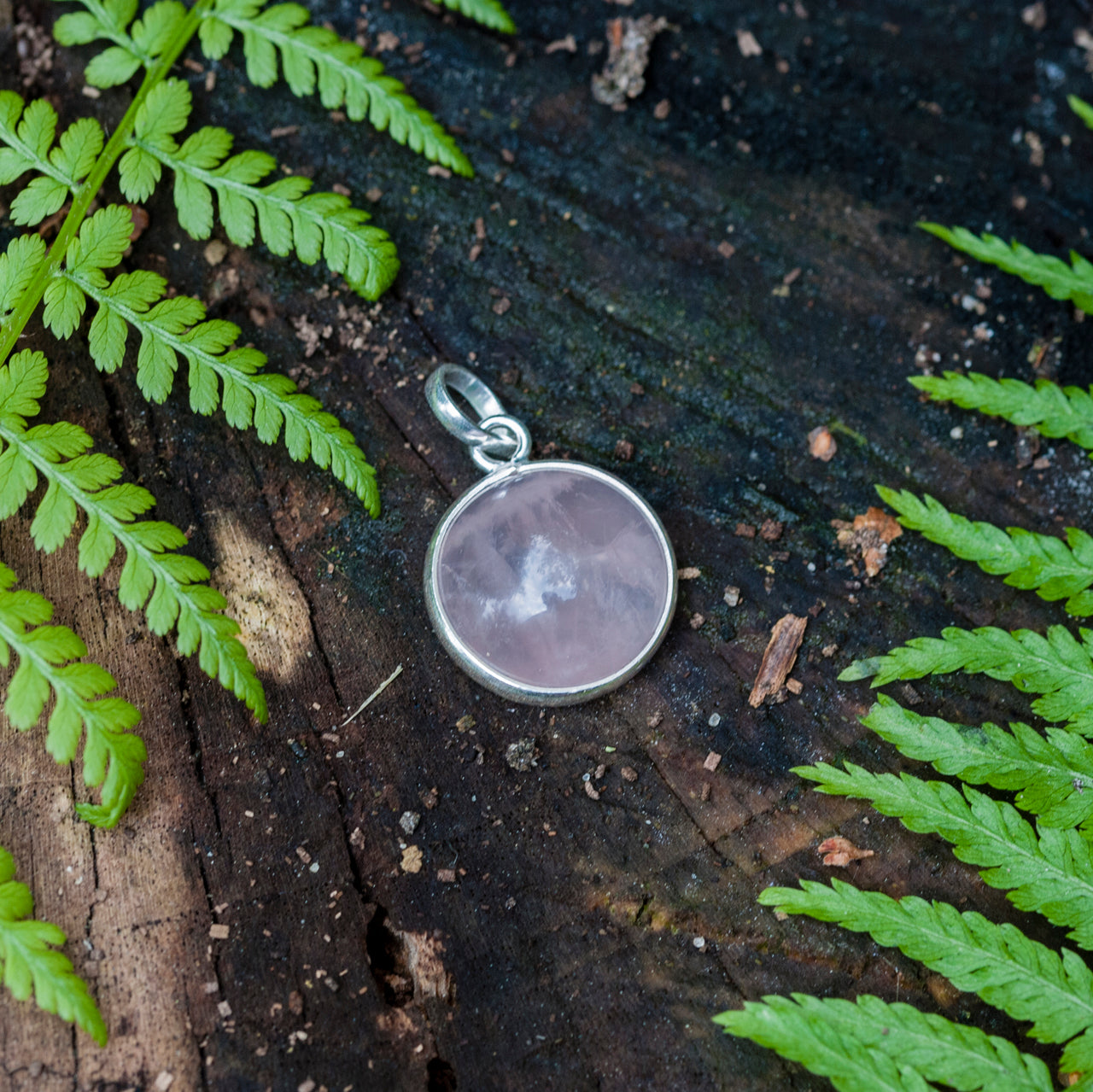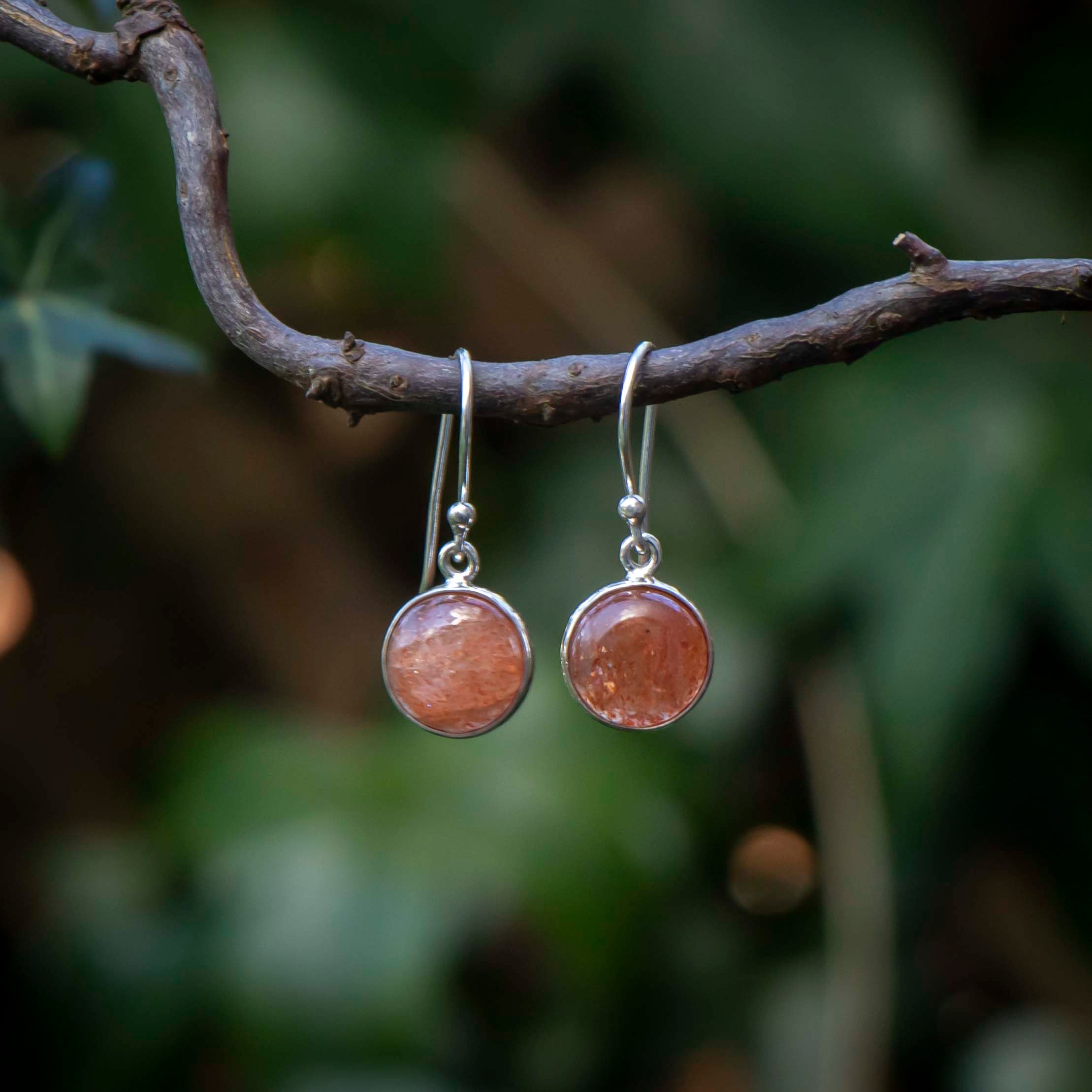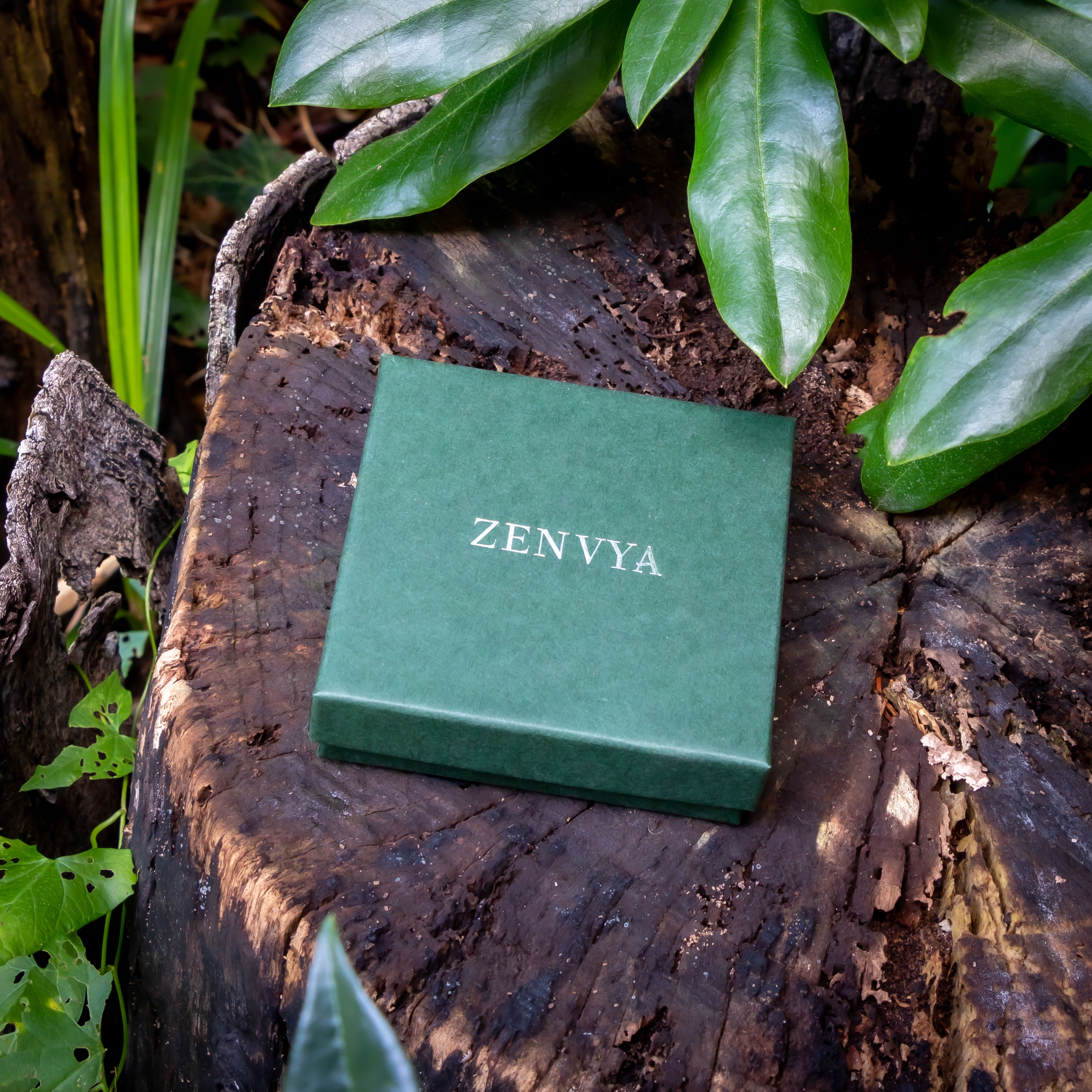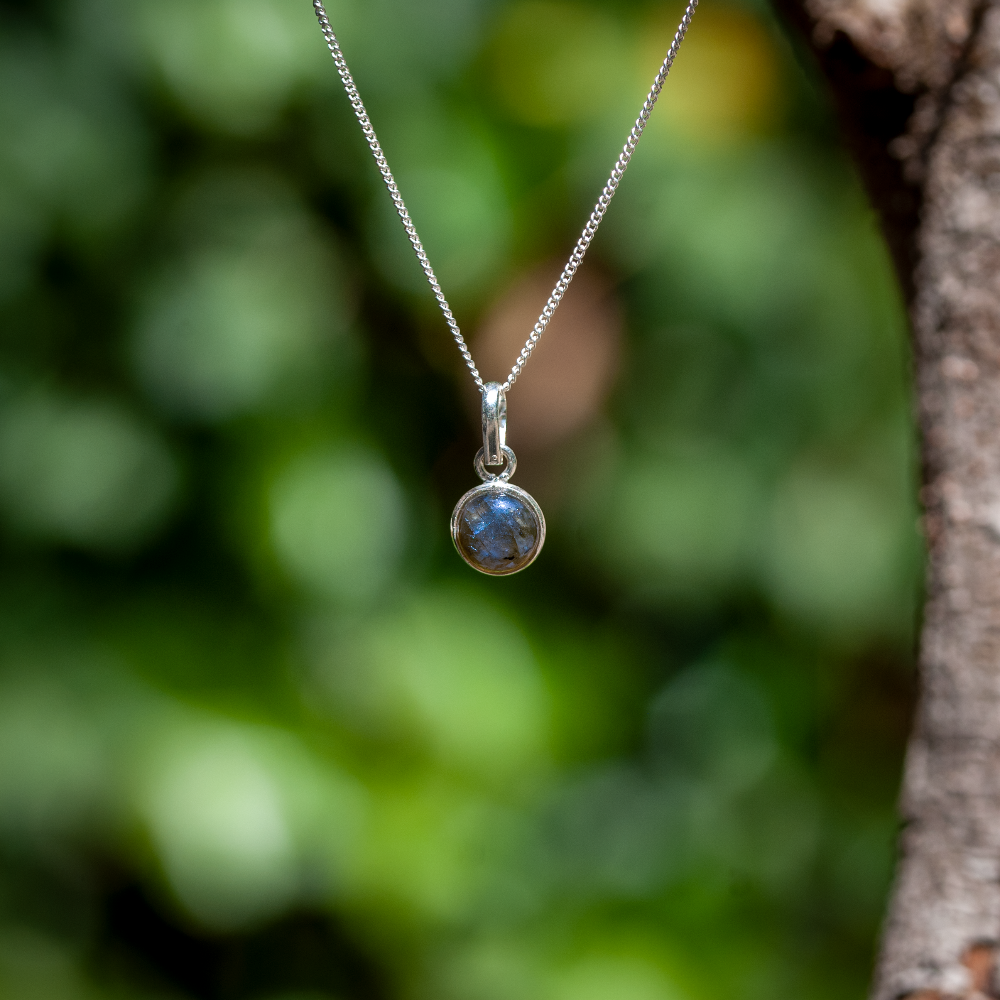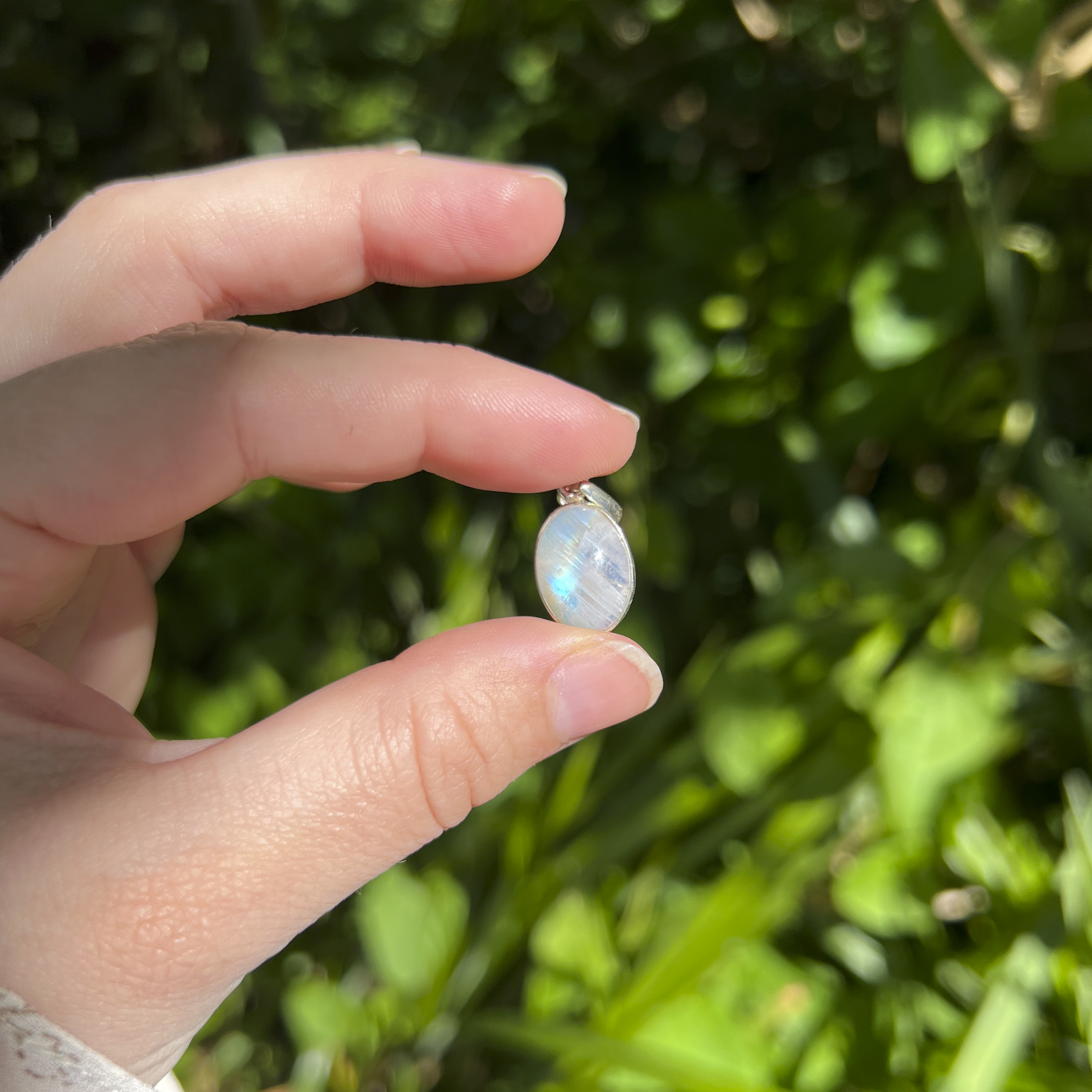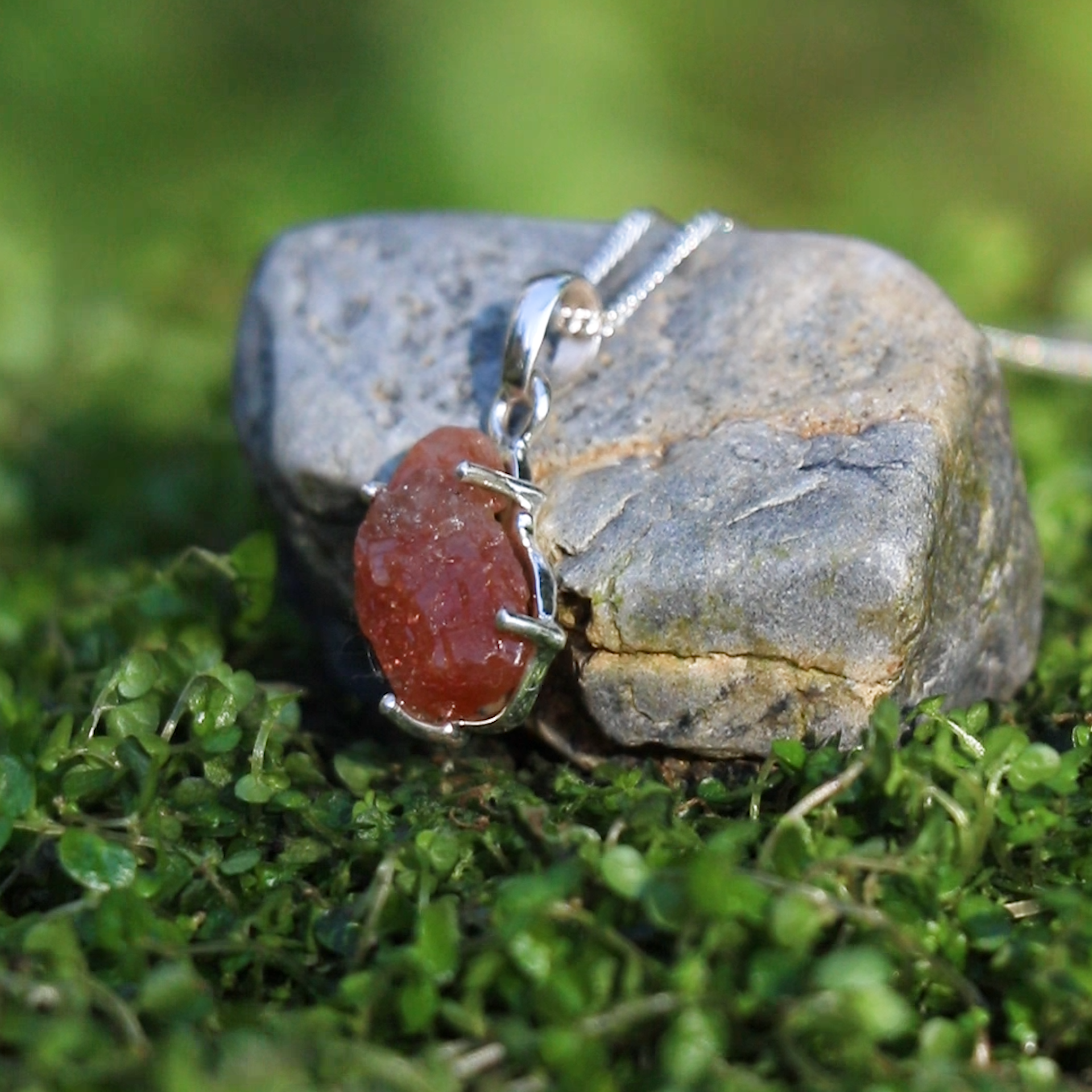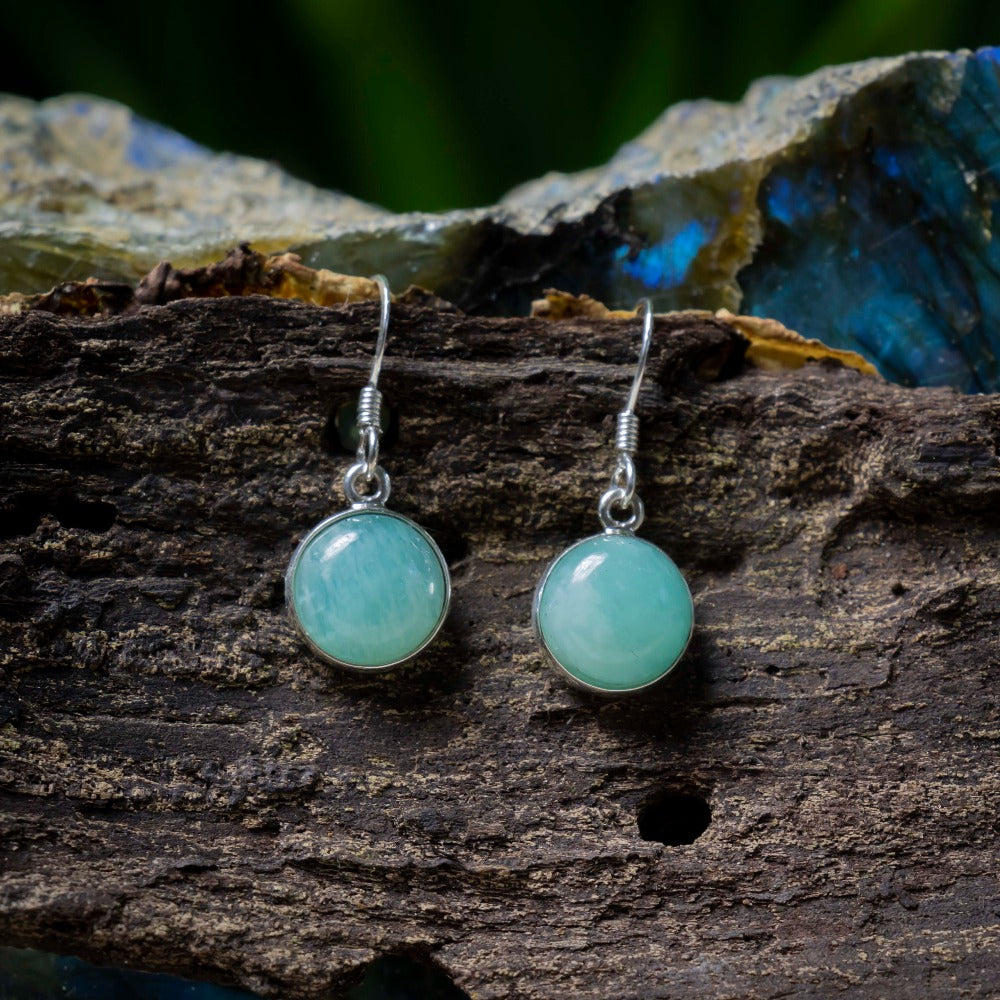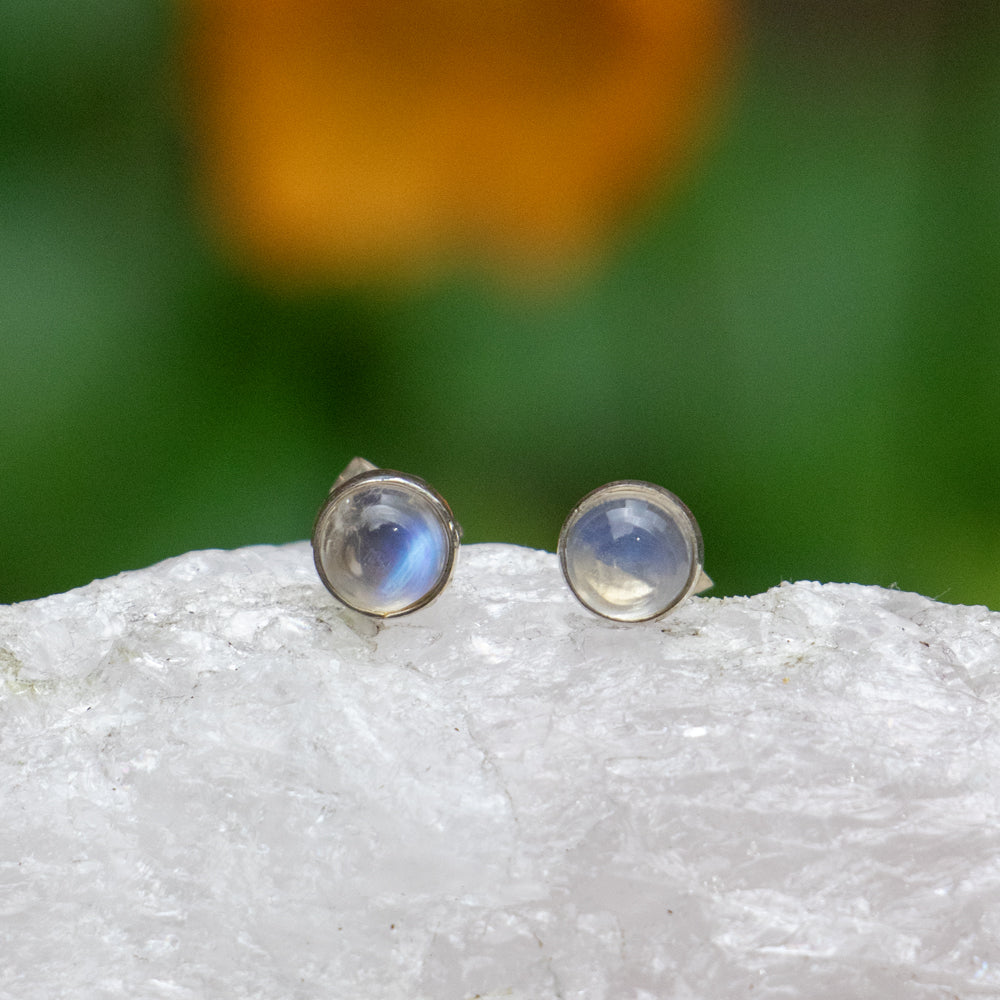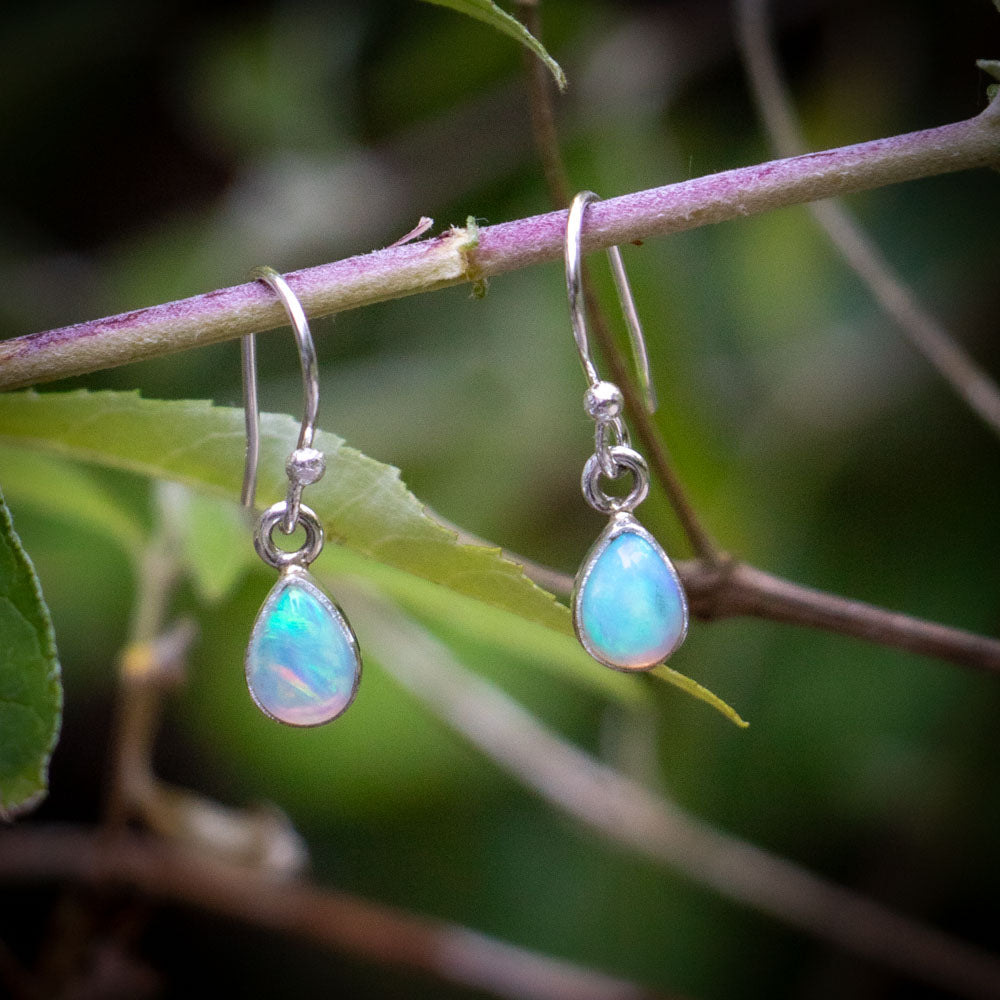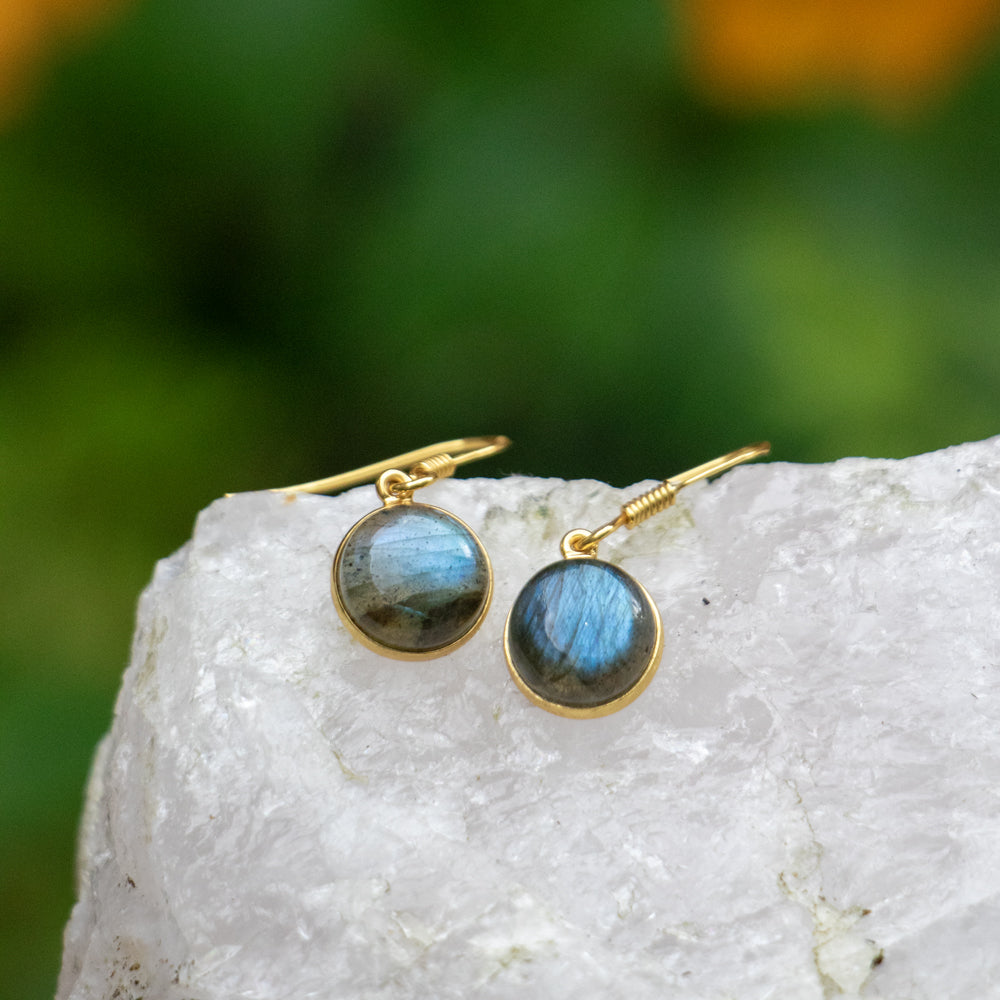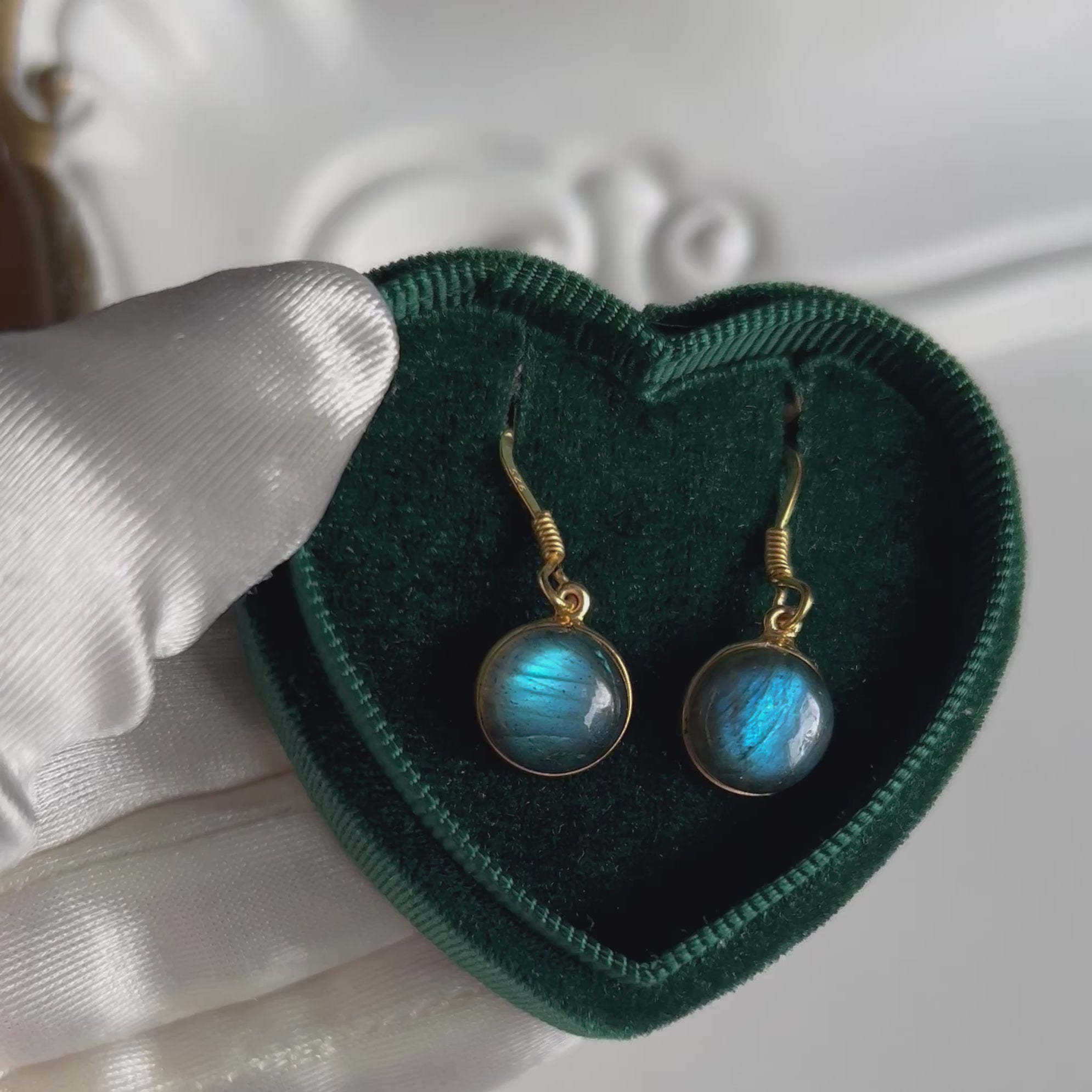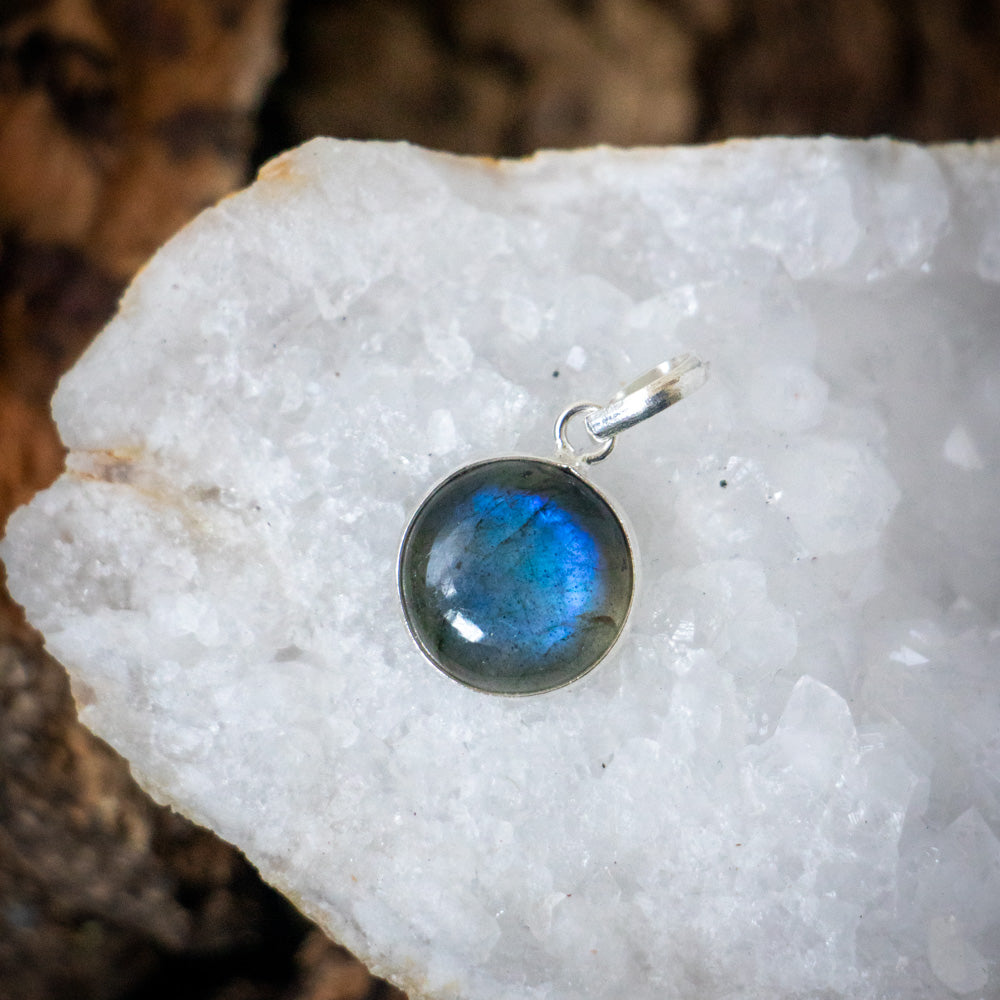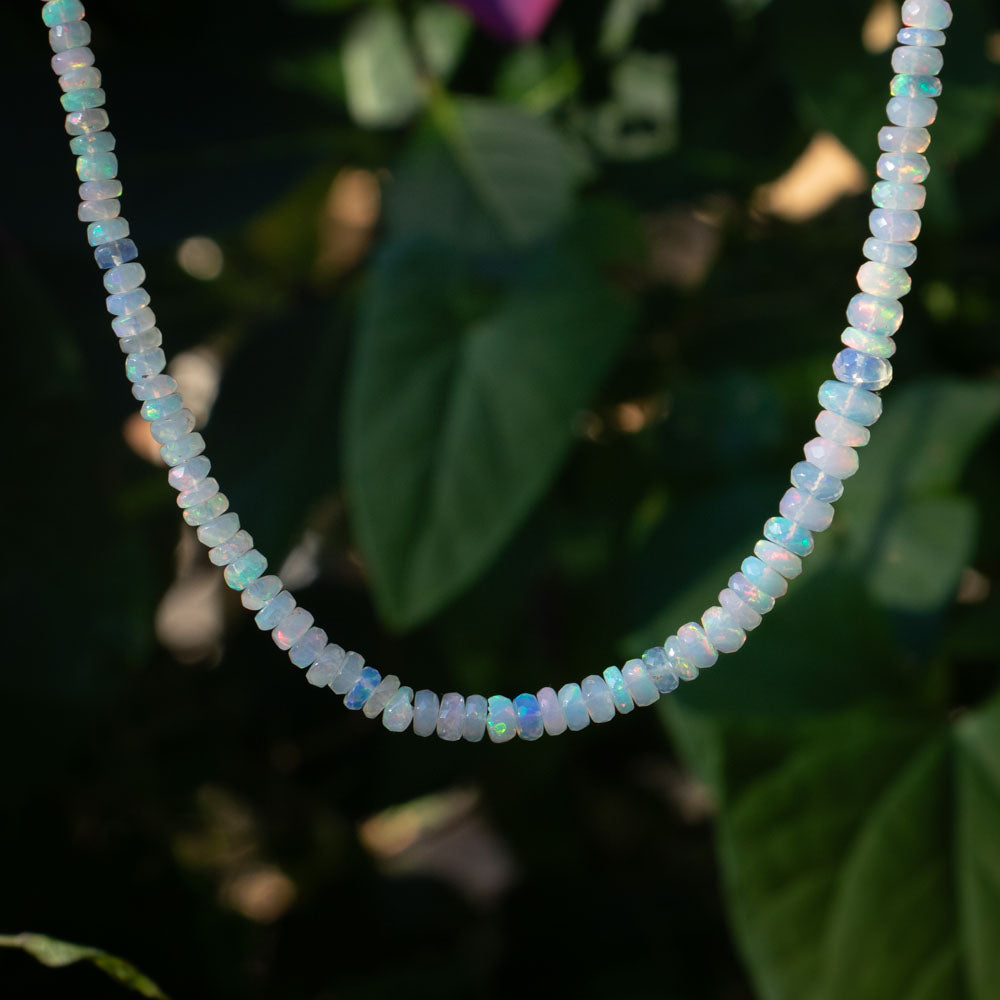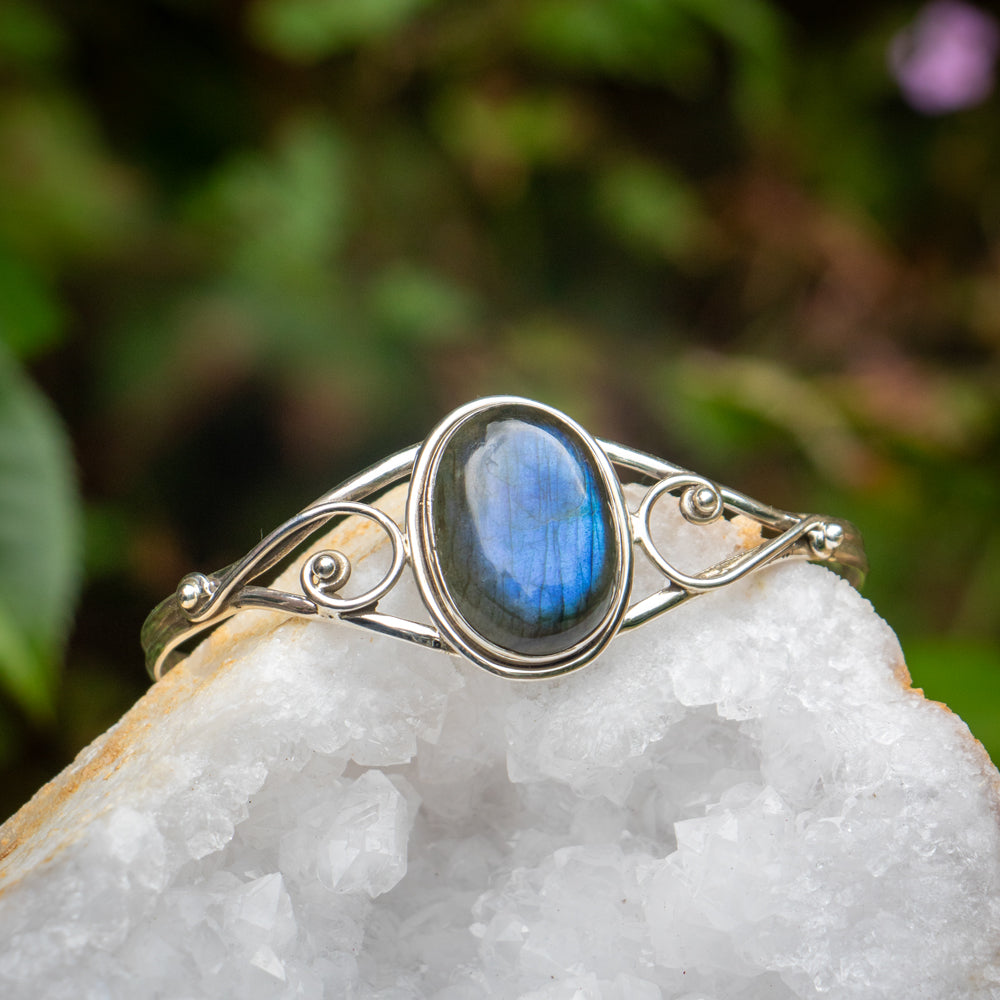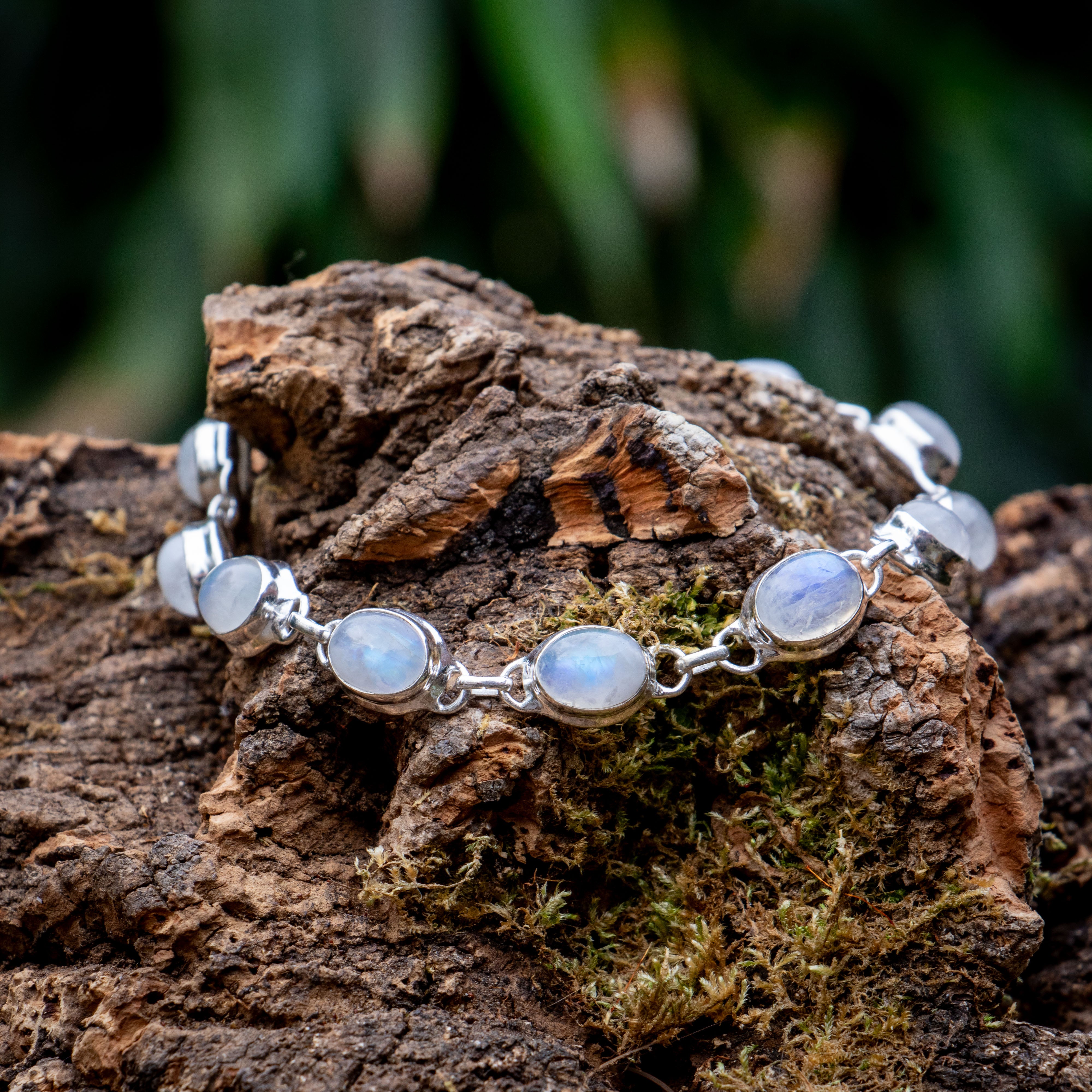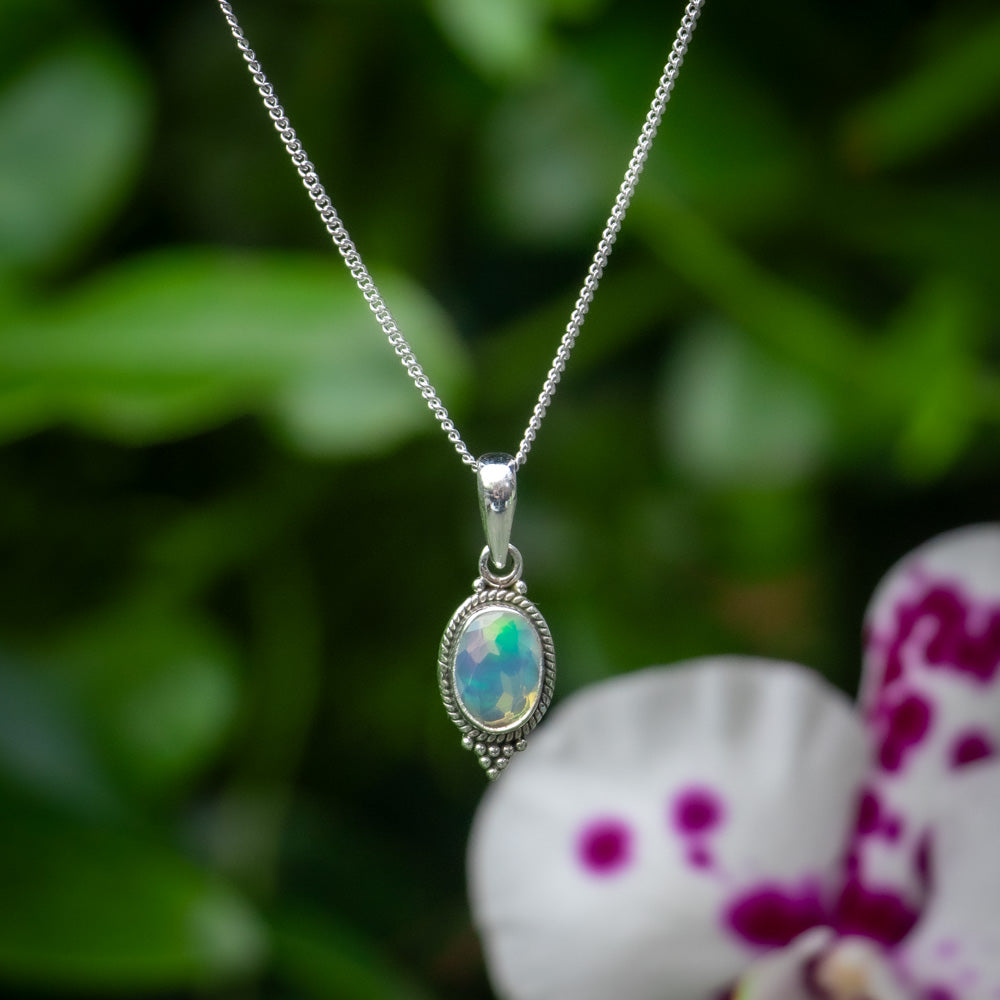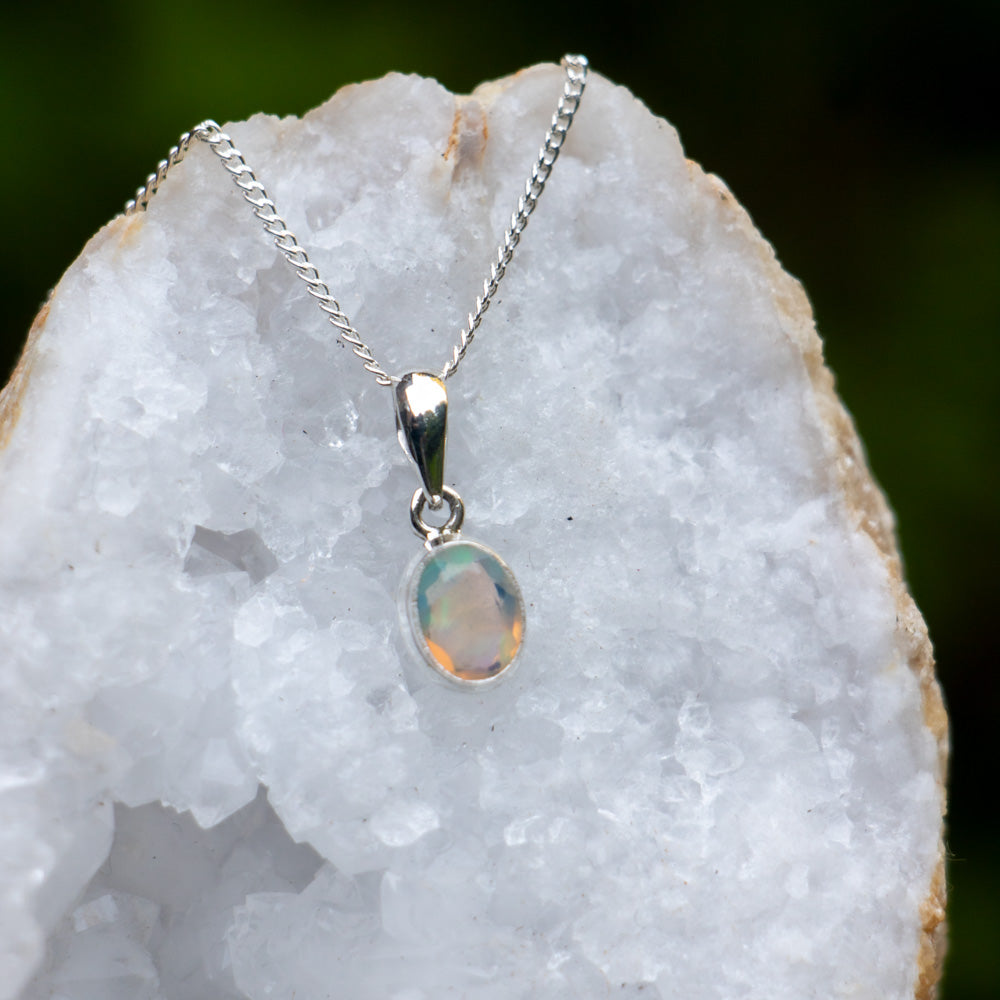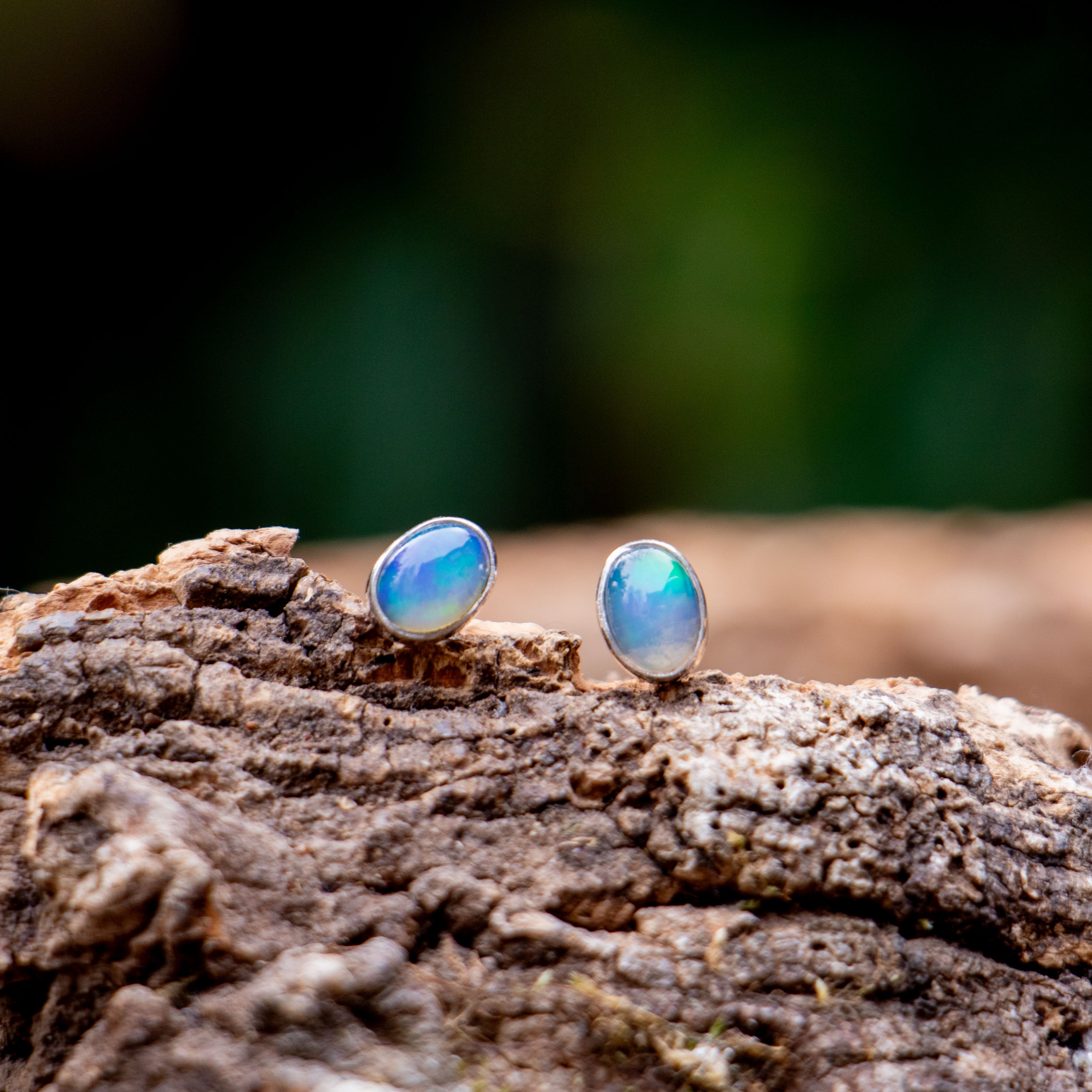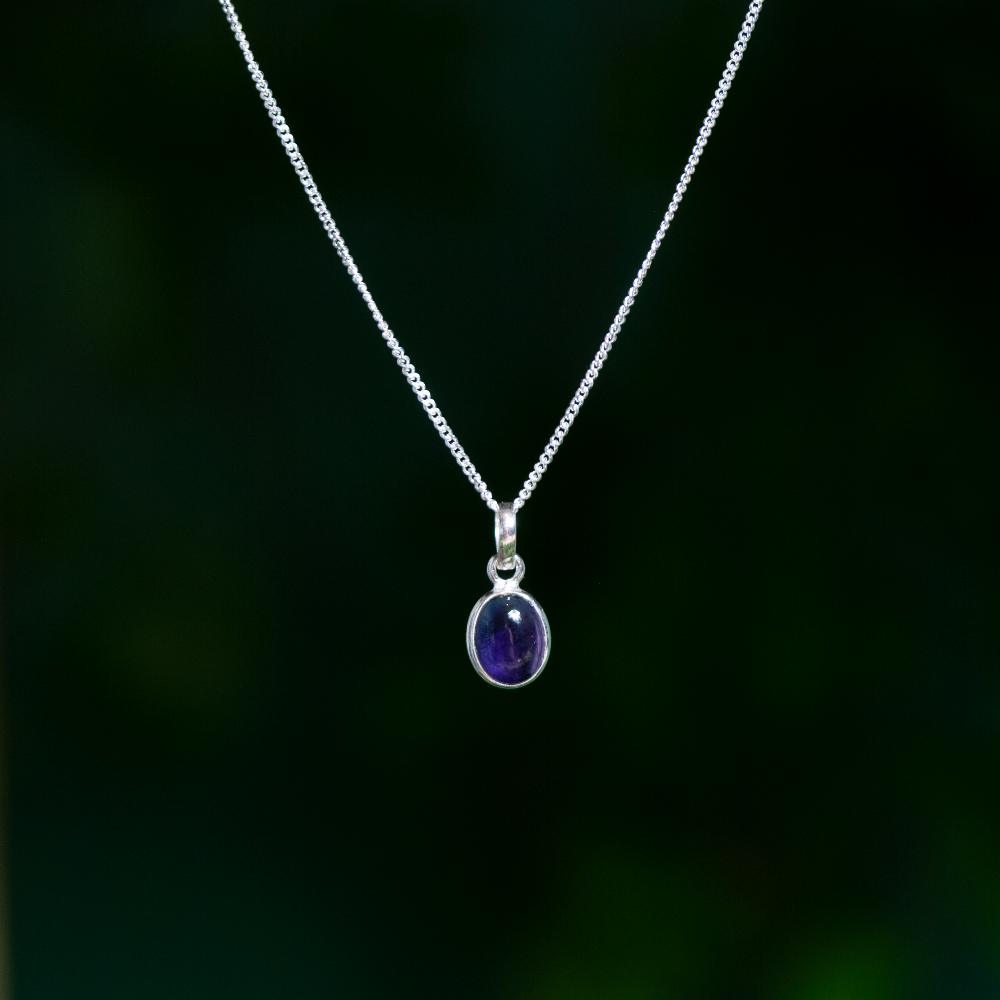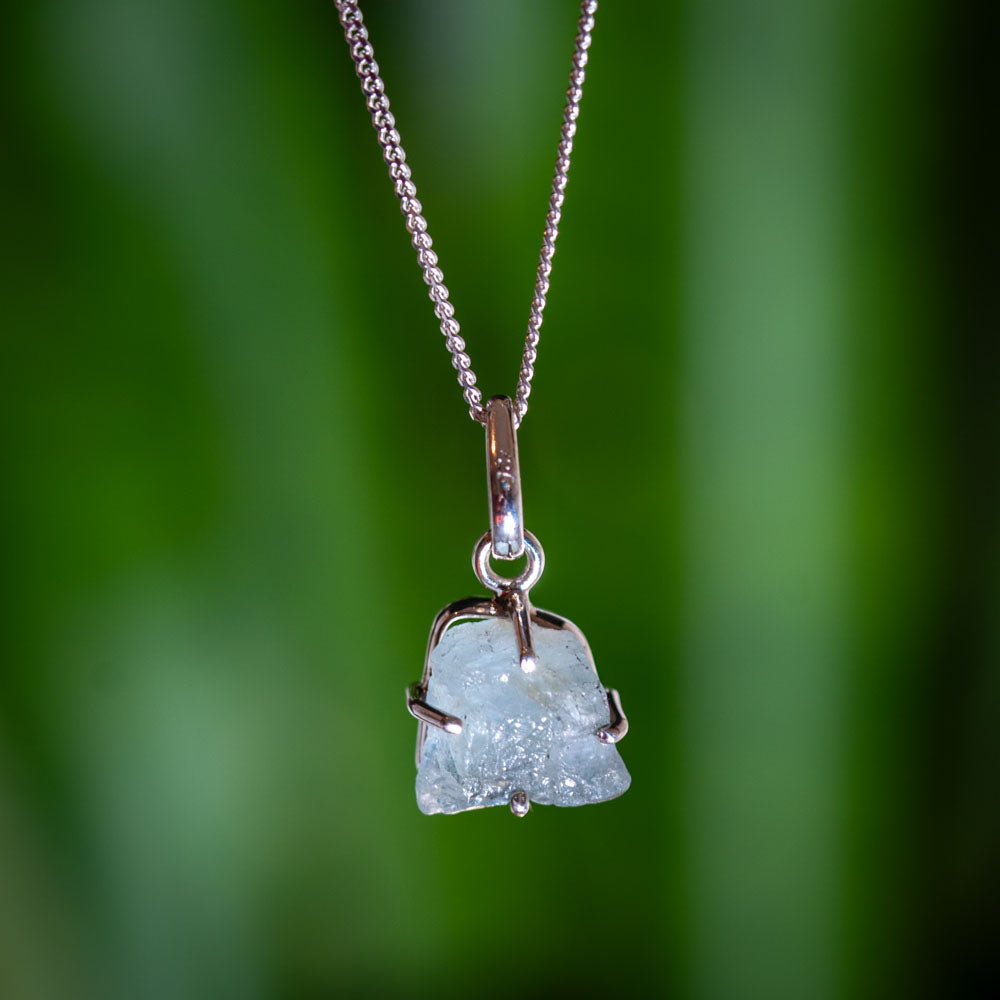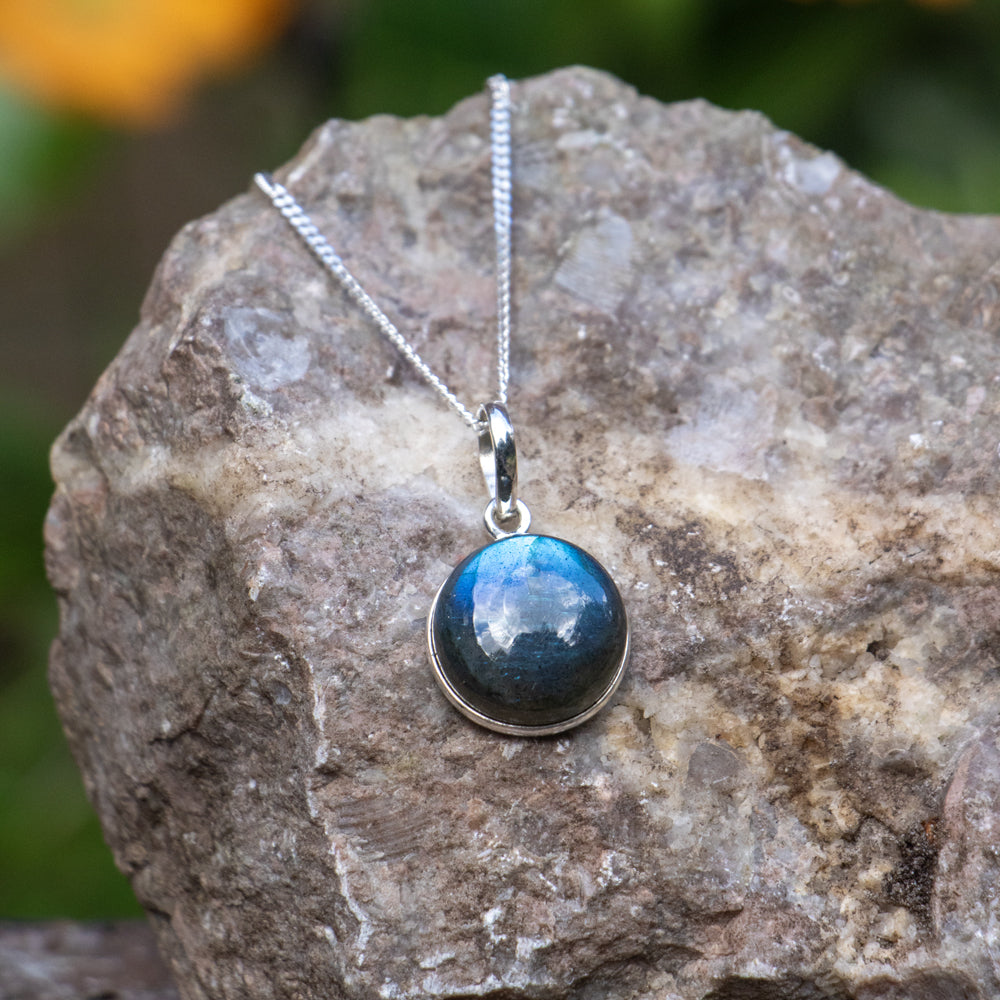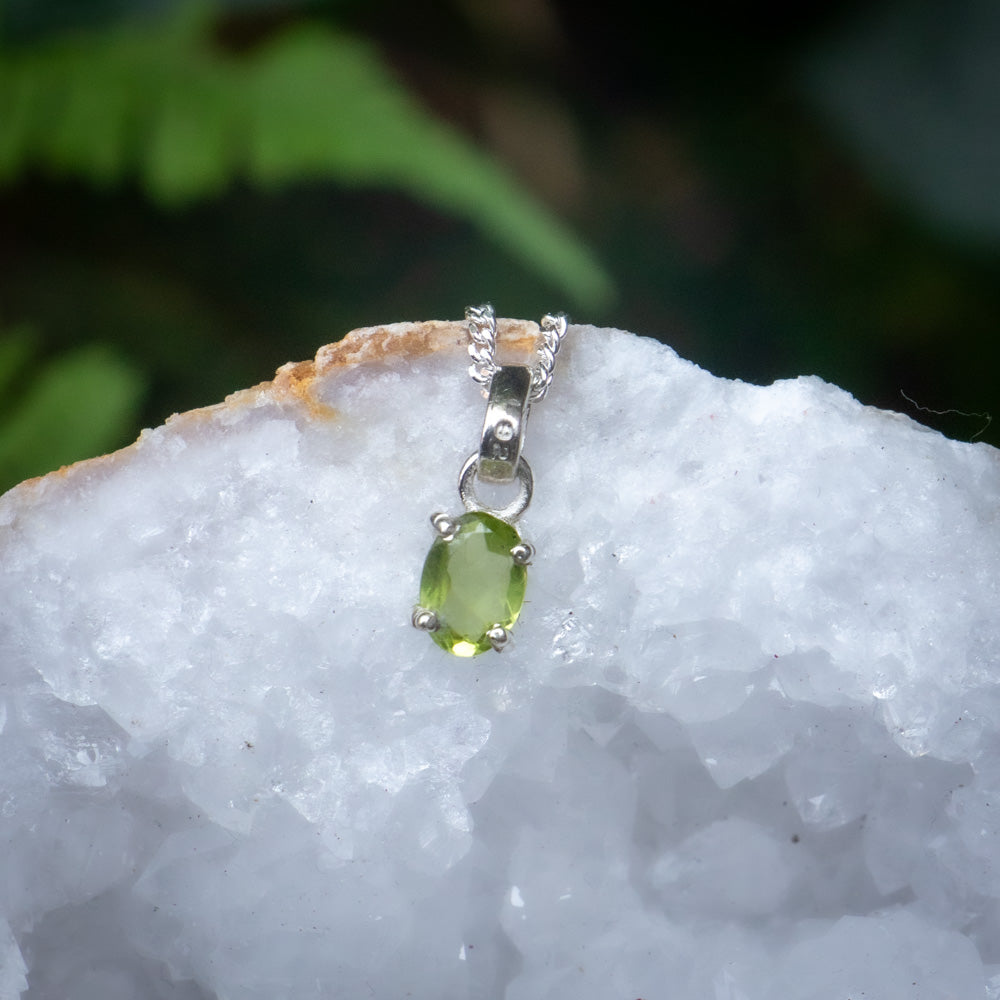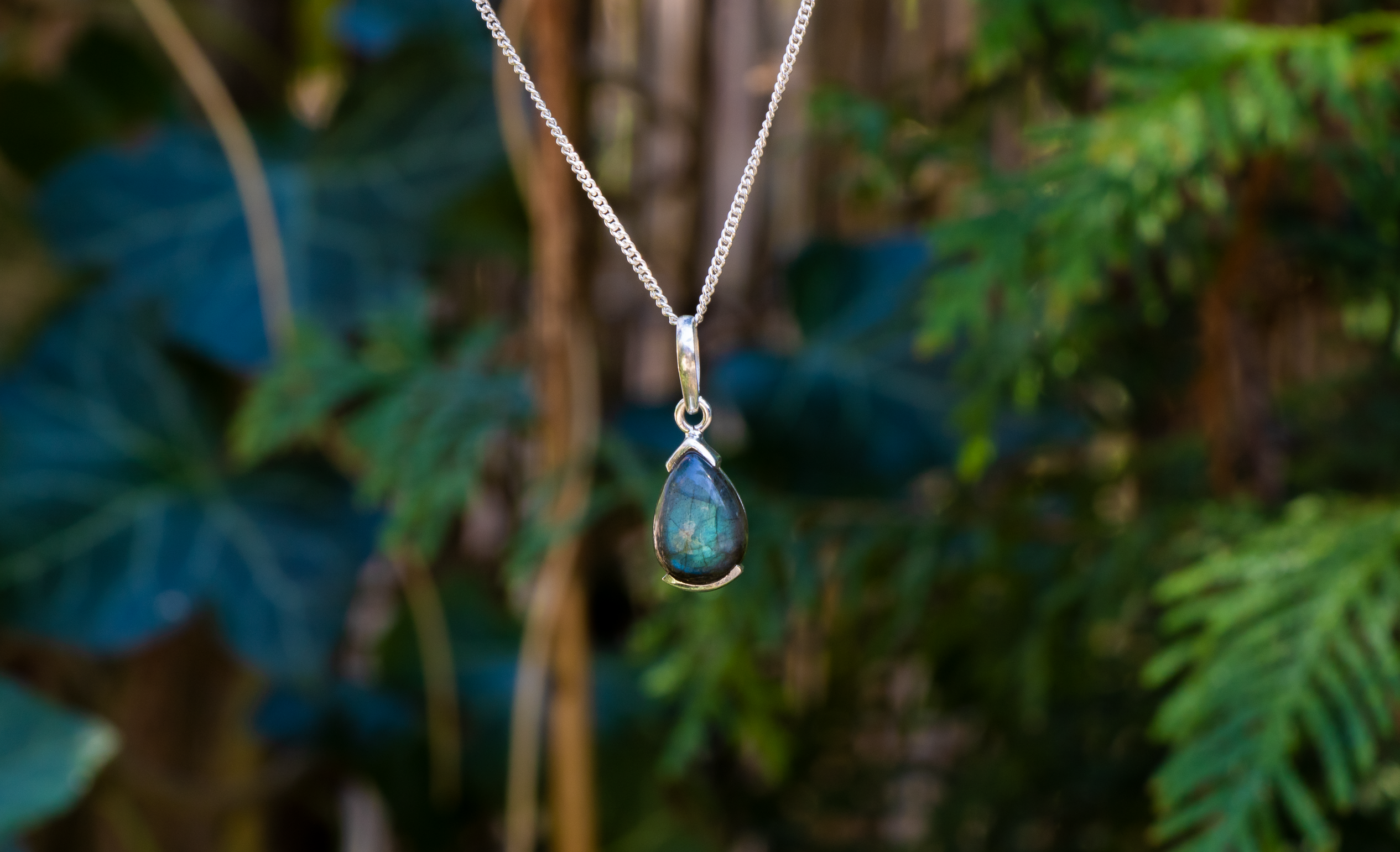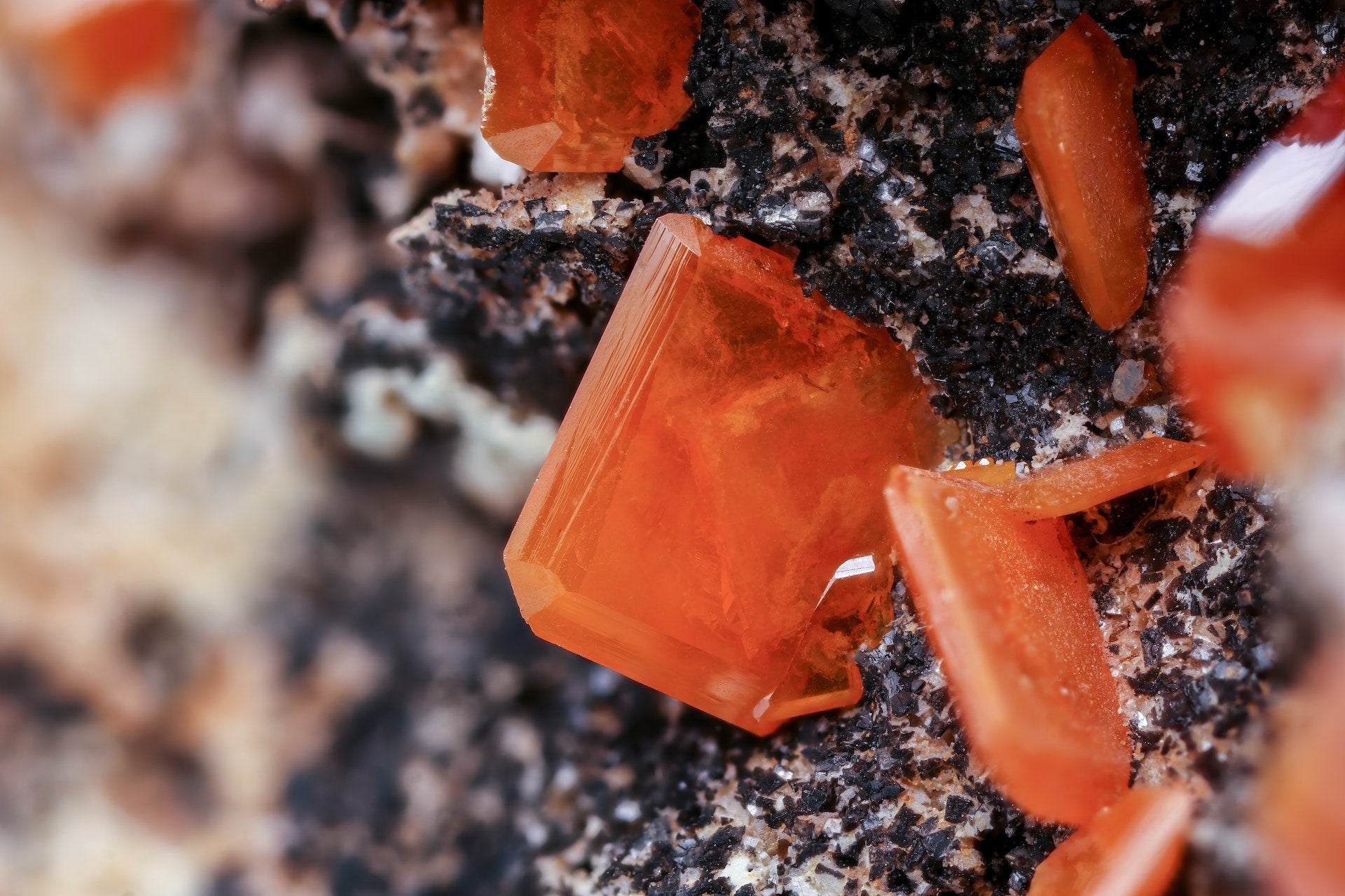
Crystal structure
Gemstones have a timeless appeal to mankind. Their brilliant colors and unique patterns are enchanting. But have you ever wondered how these beautiful gemstones are formed ? In addition to chemical composition, crystal structure plays a crucial role in determining the beauty and properties of gemstones. In this article, we delve deeper into the concept of crystal structures and explore some of the most well-known crystal structures in the world of gemstones.
What is Crystal Structure?
Crystal structure refers to the regular arrangement of atoms, ions, or molecules within a crystal. It is like a three-dimensional blueprint that describes the internal organization of a crystal. Crystal structure affects several properties of gemstones, such as their hardness, refractive index, color, and even the way they reflect light.
Different Crystal Structures:
There are several crystal structures, but some of the most common are:
- Cubic Crystal Structure:|The cubic crystal structure is one of the most symmetrical and simple structures. In this, the atoms, ions or molecules are arranged in a cubic lattice. There are three types of cubic crystal structures: cubic-primitive, cubic-centered and cubic-face-centered. The diamond, one of the most prized gemstones, has a cubic crystal structure.
- Hexagonal Crystal Structure:
The hexagonal crystal structure is characterized by a hexagonal lattice in which the atoms, ions or molecules are located. This structure has a higher symmetry than other structures and is common in gemstones such as emerald and aquamarine. - Orthorombic Crystal Structure:
The orthorhombic crystal structure has a rectangular lattice in which the atoms, ions or molecules are arranged. It is less symmetrical than the cubic or hexagonal structures. Gemstones such as garnet and peridot have an orthorhombic crystal structure.
Well-Known Crystal Structures
Here are three well-known crystal structures that we often encounter in gemstones:
- Diamond (Cubic crystal structure):
The diamond is undoubtedly one of the most sought-after gemstones in the world. It has a cubic crystal structure characterized by strong covalent bonds between carbon atoms. This structure gives the diamond its hardness and brilliance, making it a popular choice for engagement rings and jewelry. - Amethyst (Hexagonal Crystal Structure):
Amethyst, a beautiful purple variety of quartz, has a hexagonal crystal structure. The hexagonal lattice gives amethyst its characteristic prismatic shape and the ability to refract light in a unique way. This results in the brilliant purple color that makes this gemstone so beloved.
3. Emerald (Hexagonal crystal structure):
Emerald, one of the most valuable gemstones, also has a hexagonal crystal structure. This structure contributes to the emerald's intense green color. The internal arrangements of atoms in the crystal affect the way light is absorbed and reflected, giving the emerald its characteristic brilliance.
Crystal structure plays a vital role in the formation of gemstones, determining their unique properties and beauty. Understanding the different crystal structures allows us to appreciate the origins of the brilliance, color, and durability of gemstones. Whether it is the cubic structure of diamonds, the hexagonal structure of emeralds and amethysts, or the many other structures found in gemstones, each crystal tells its own fascinating story.



